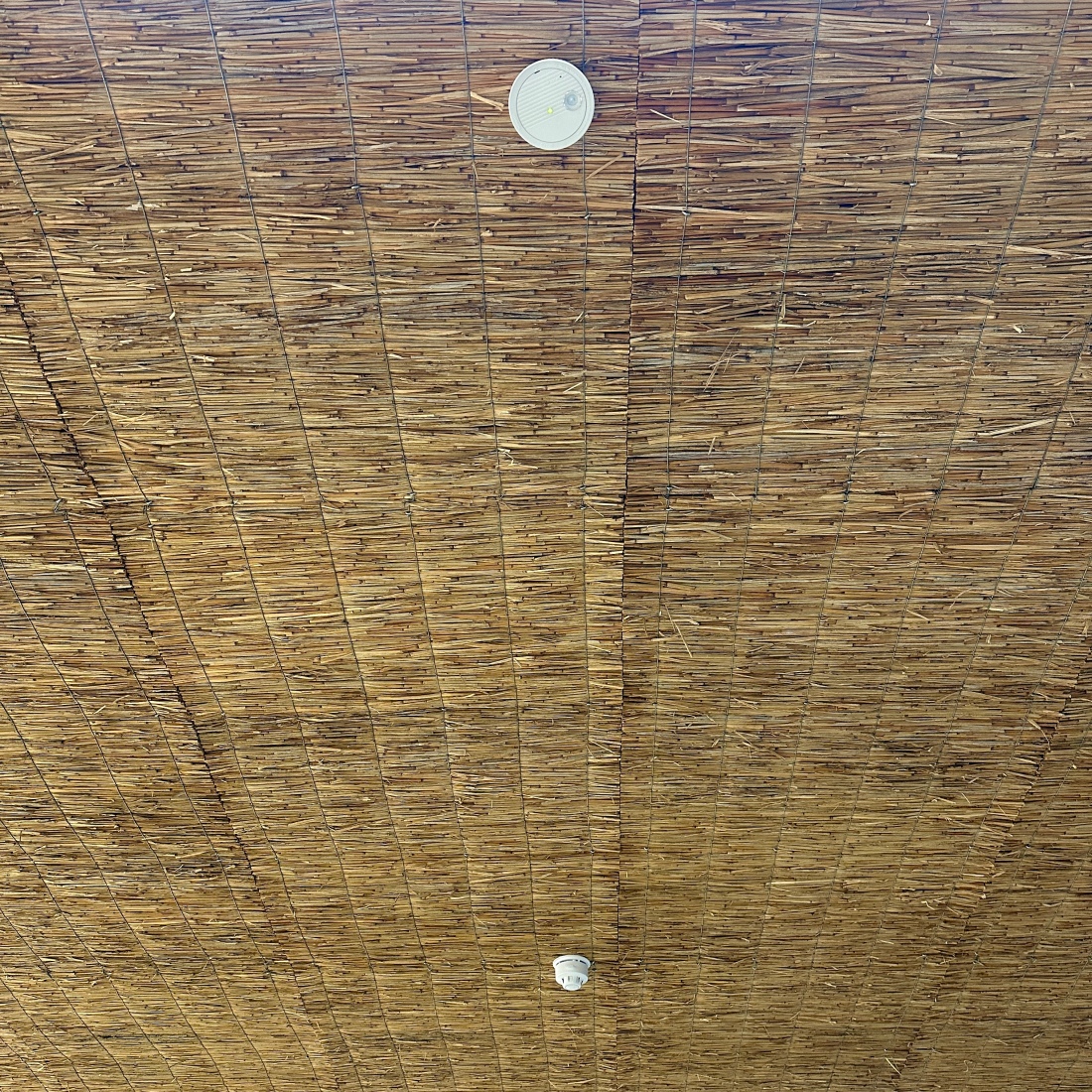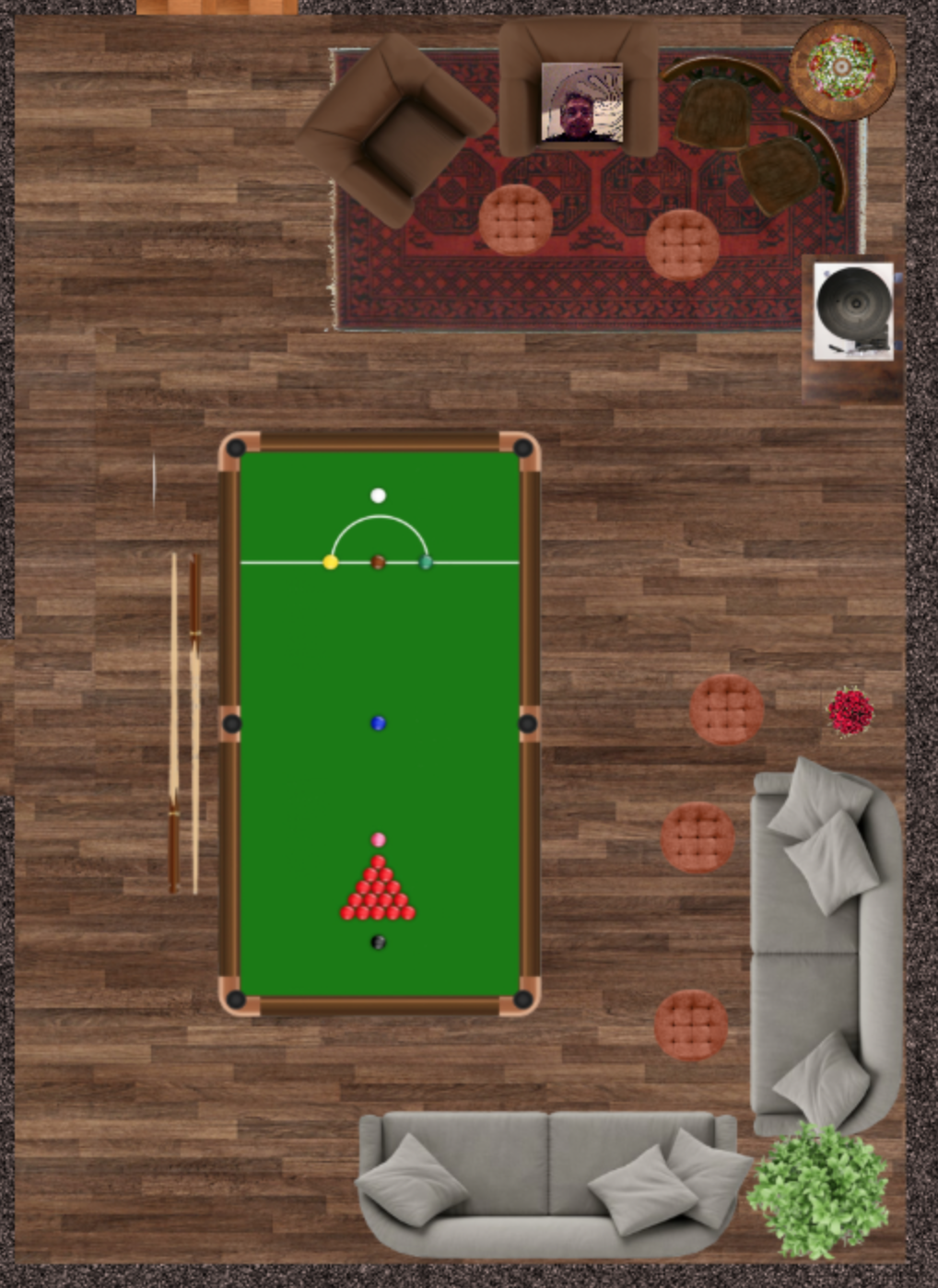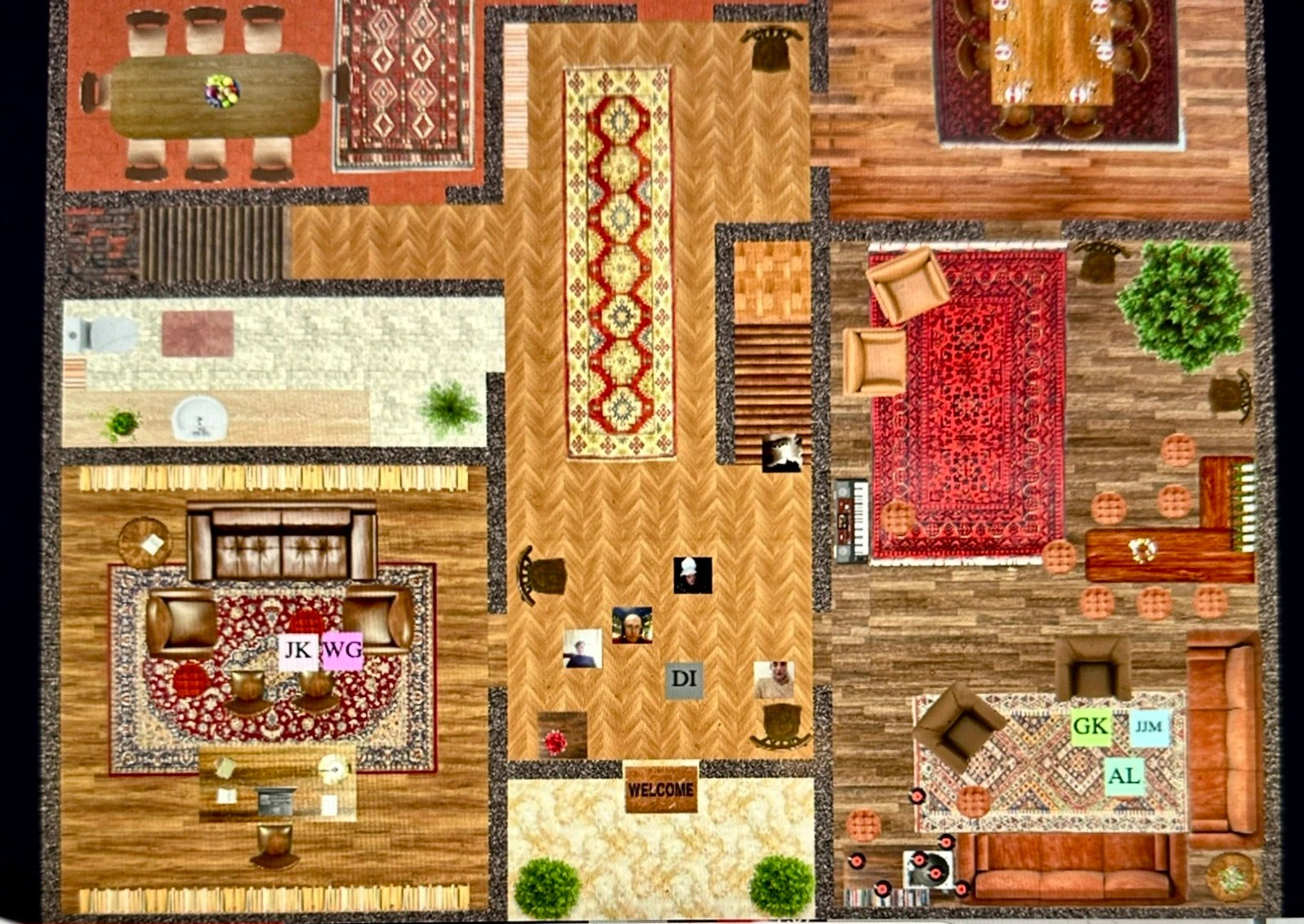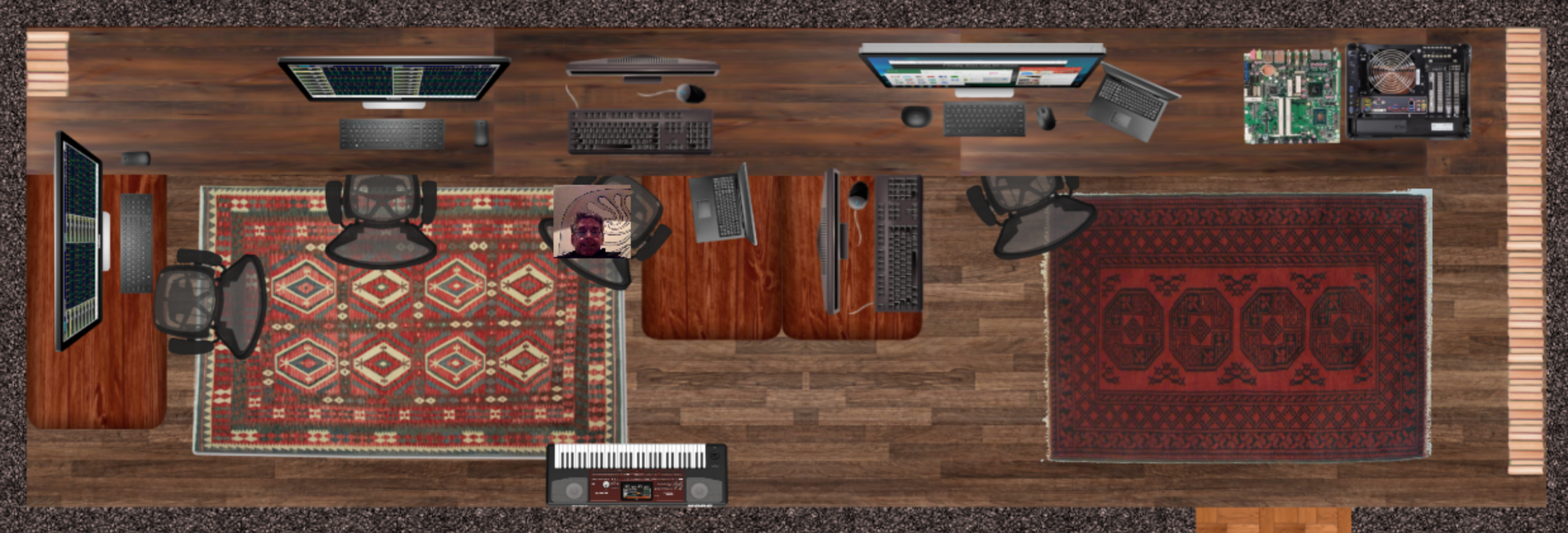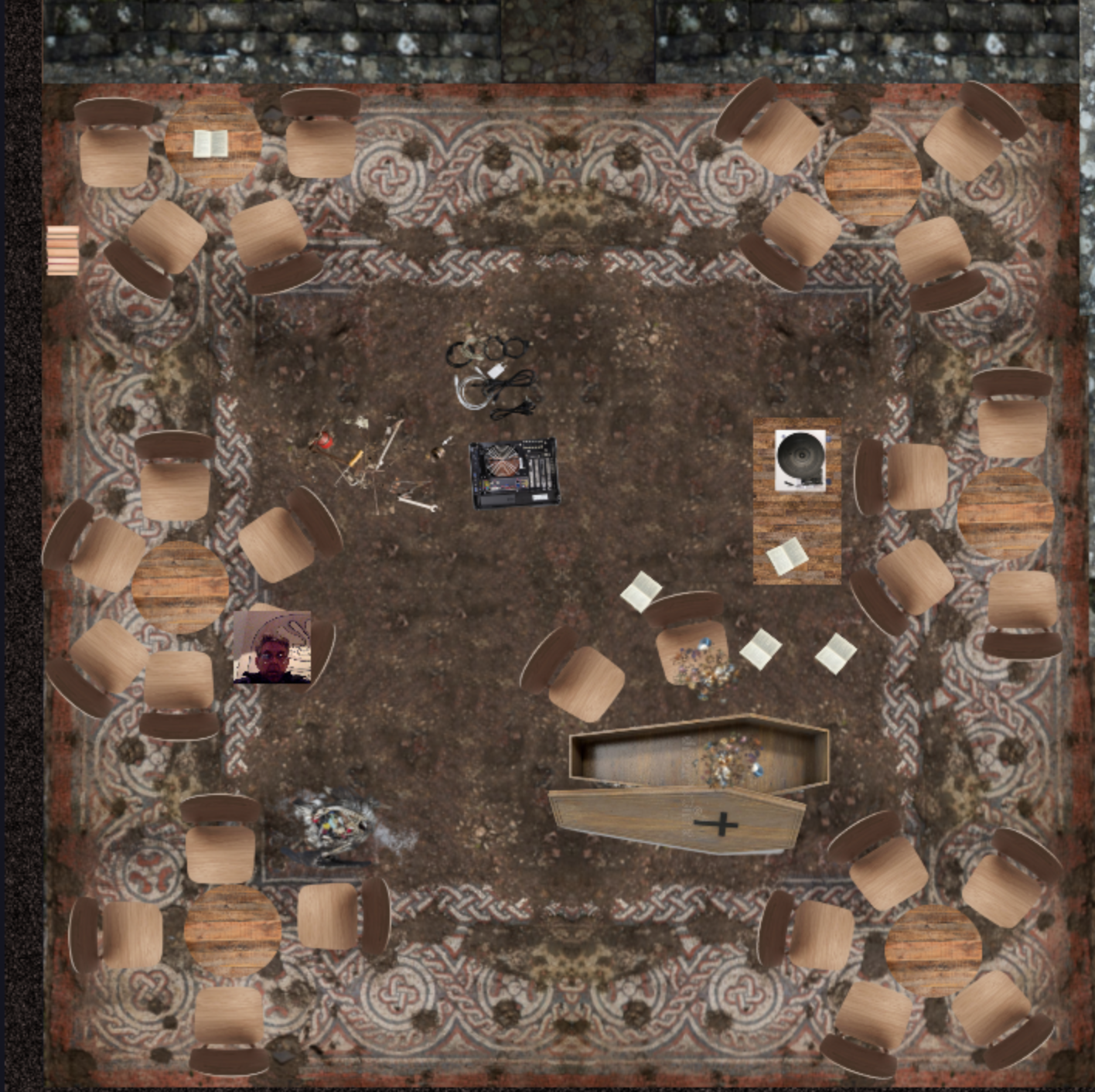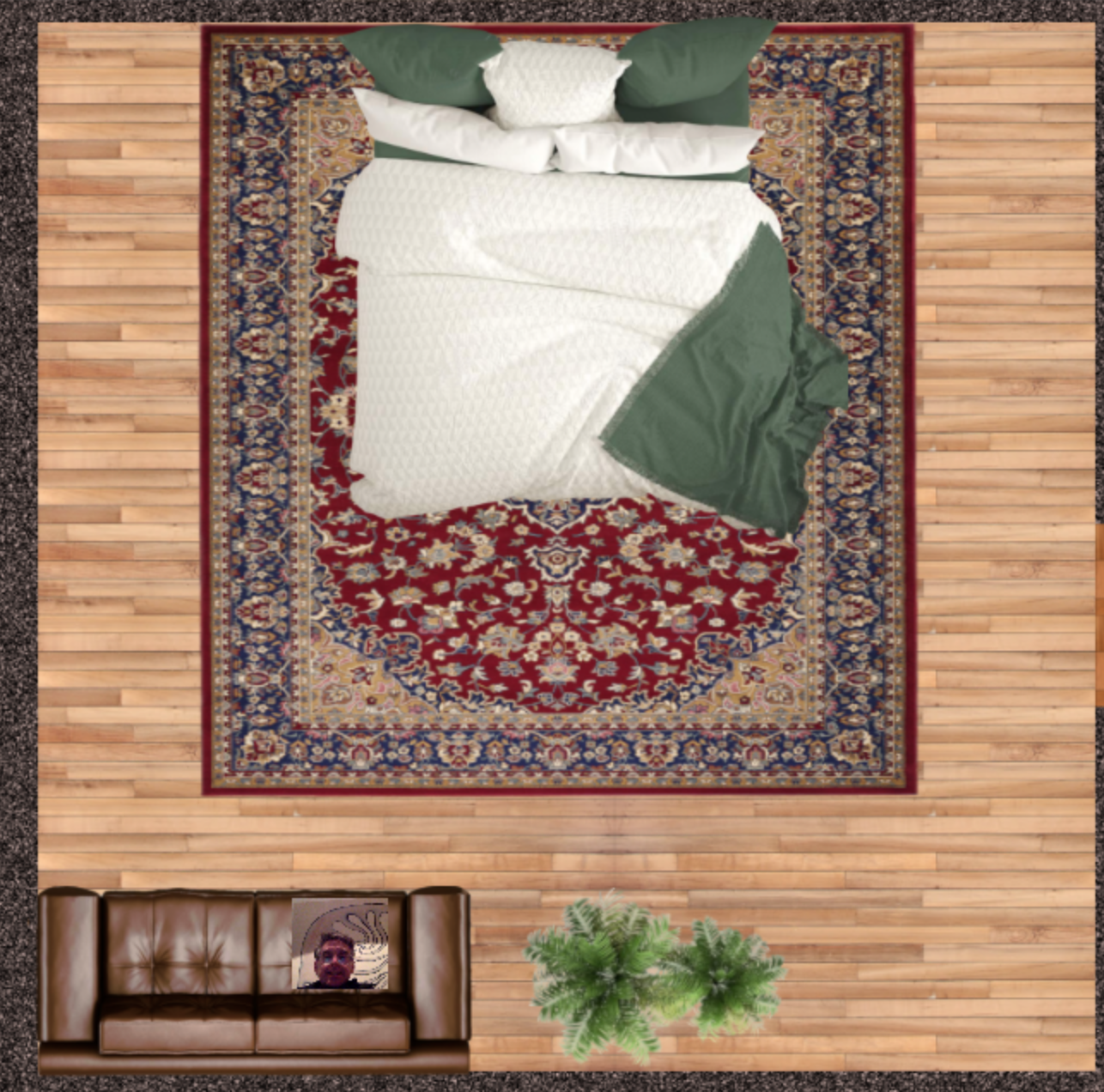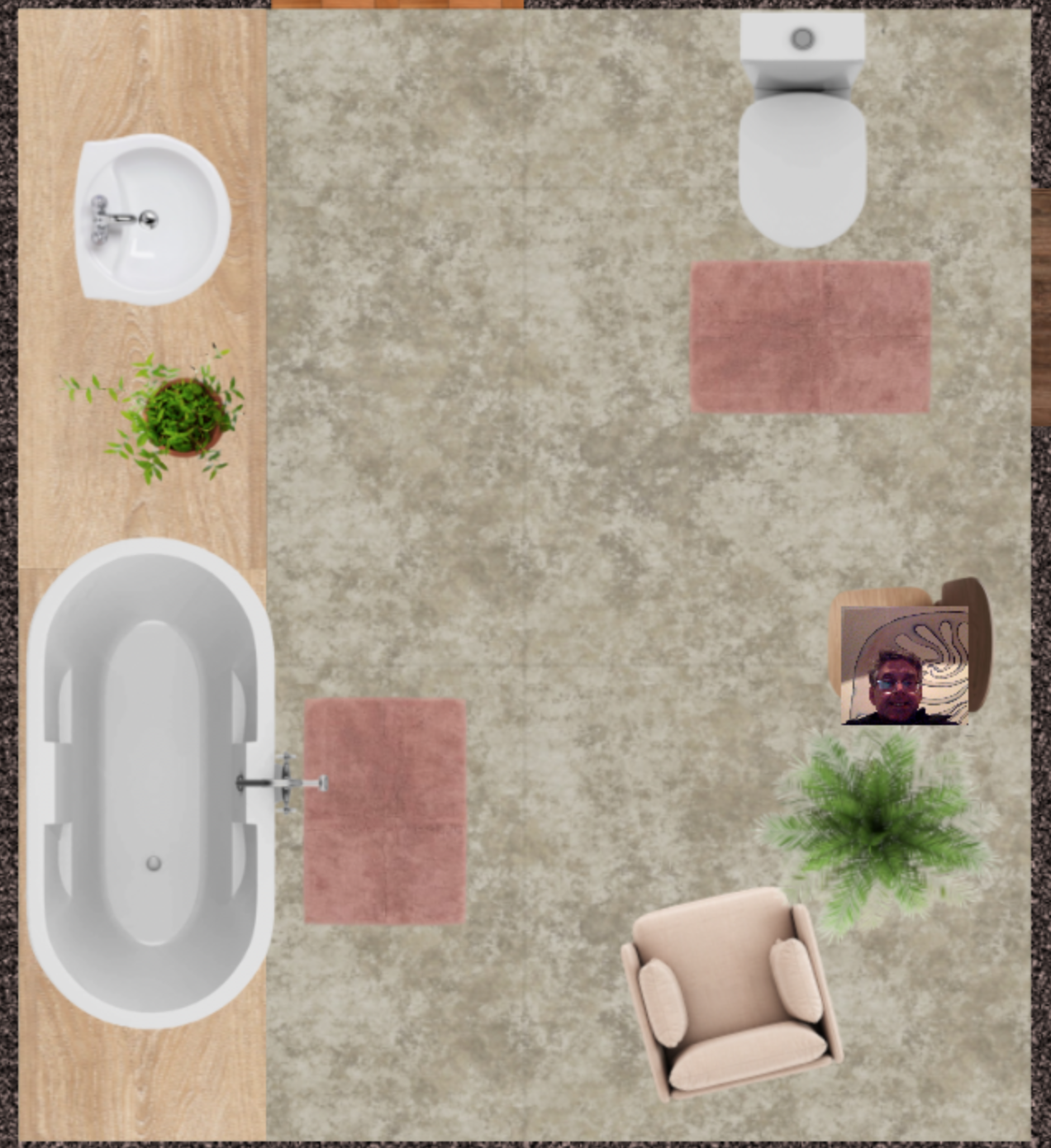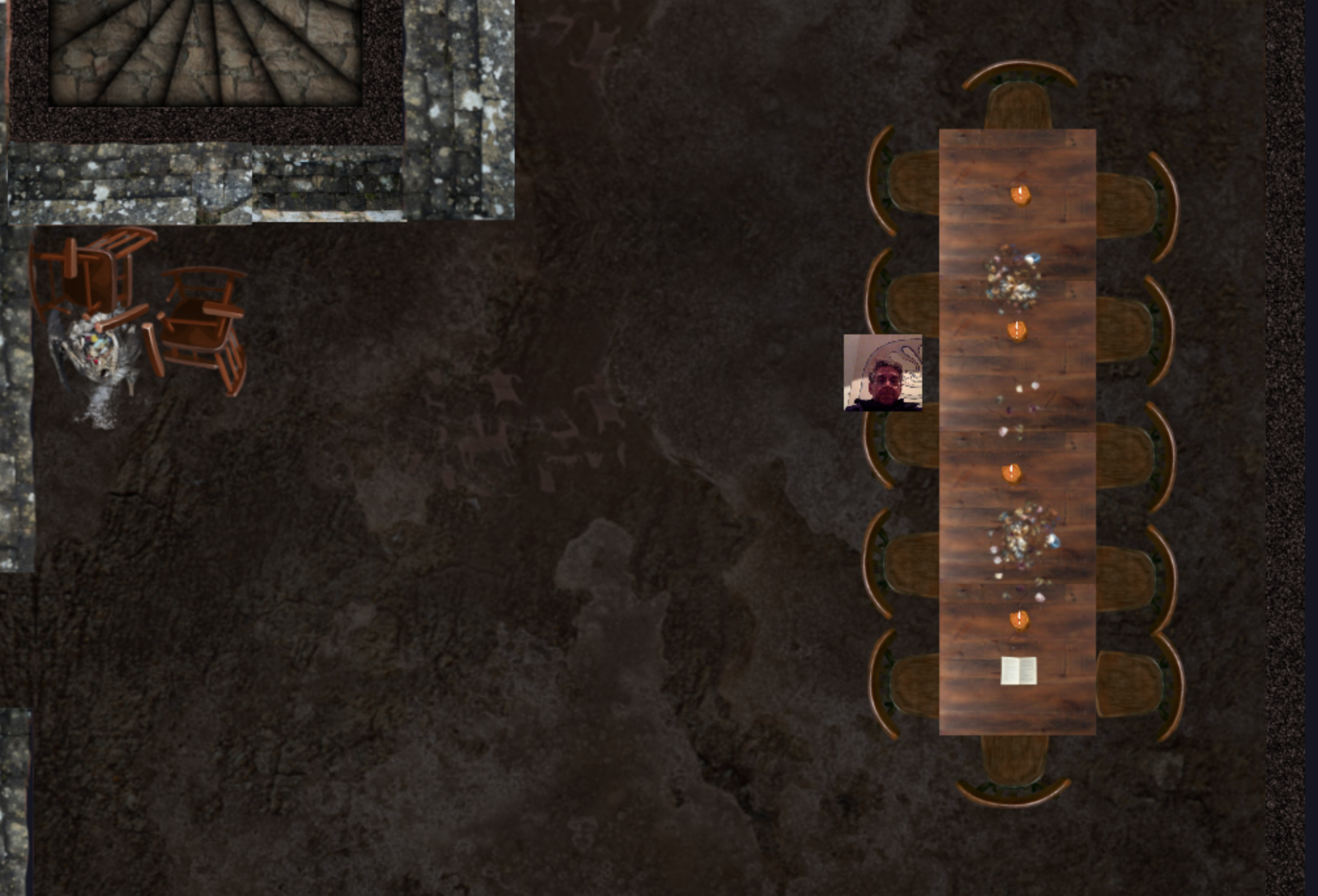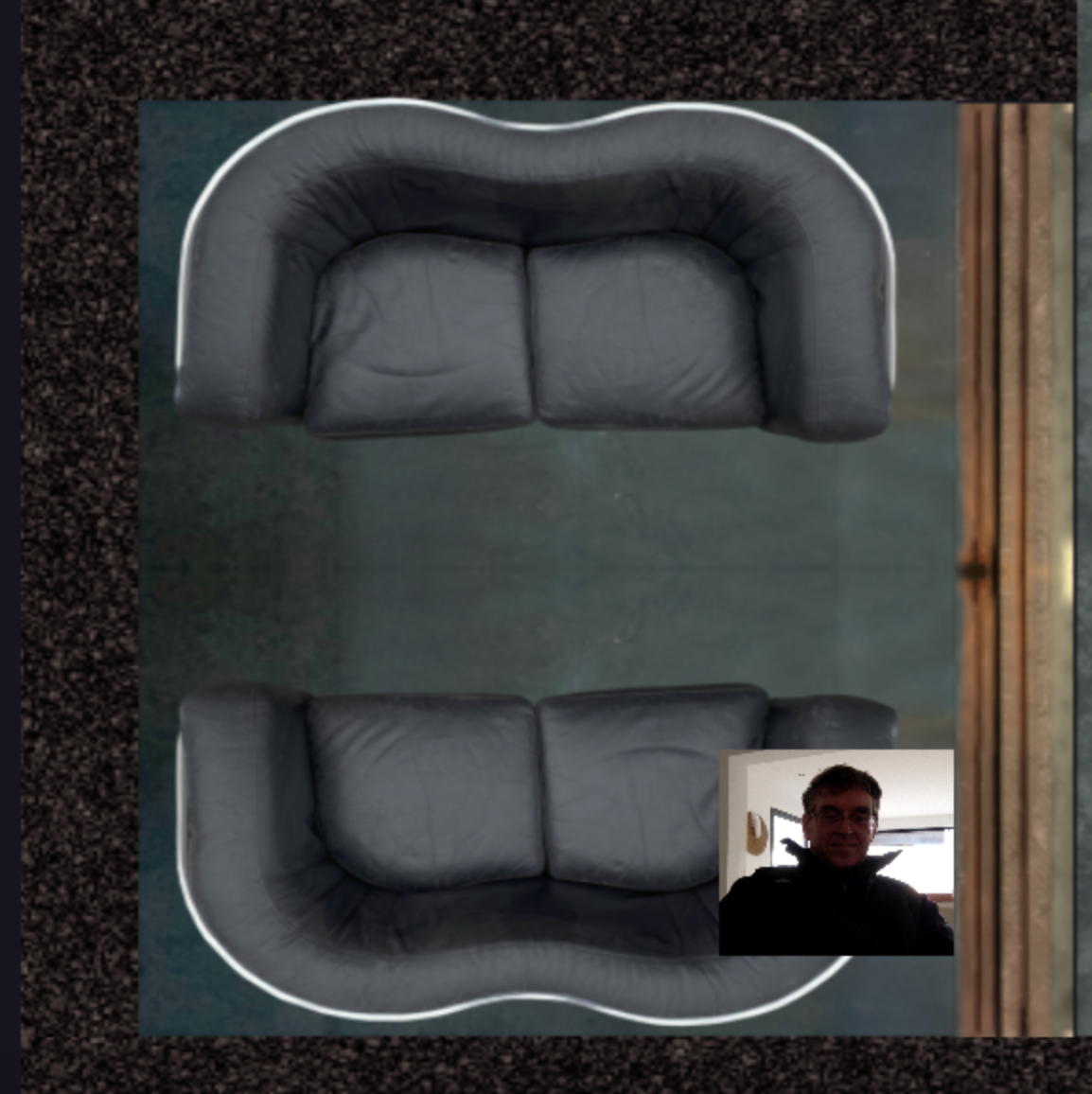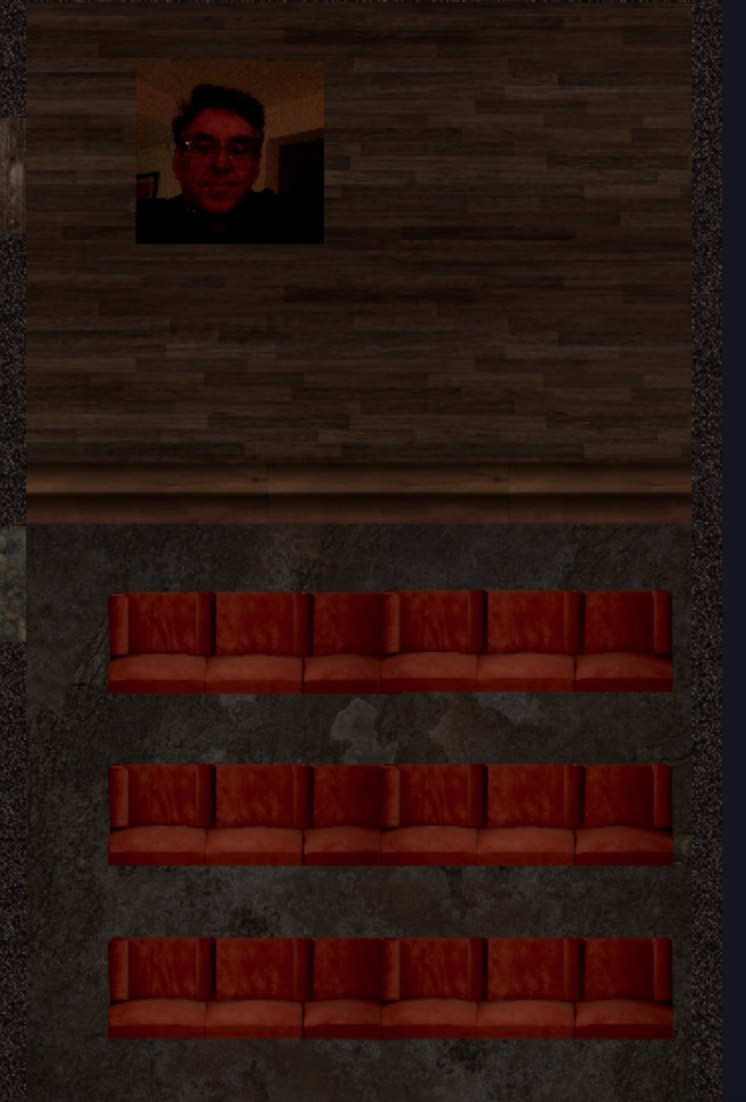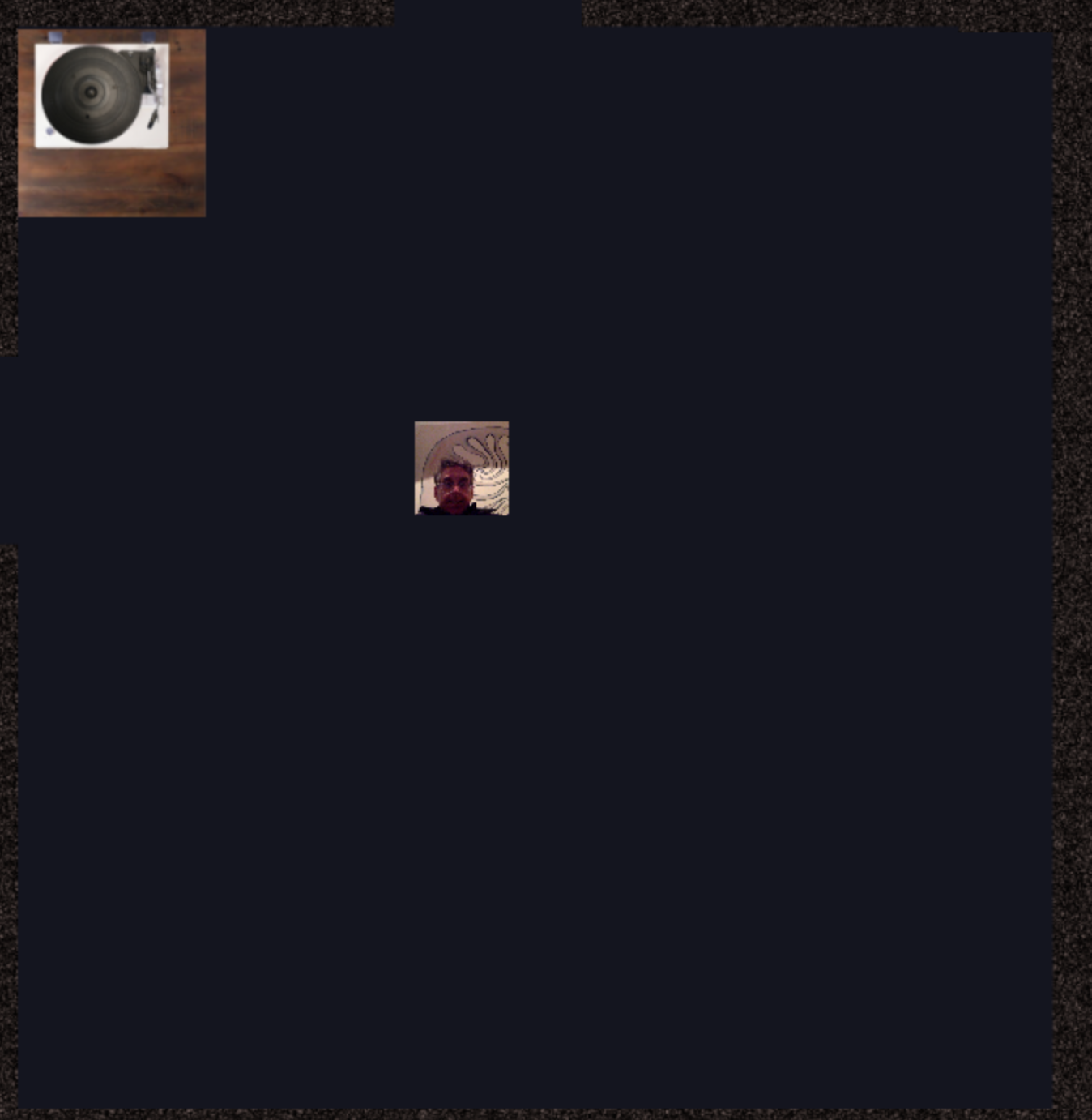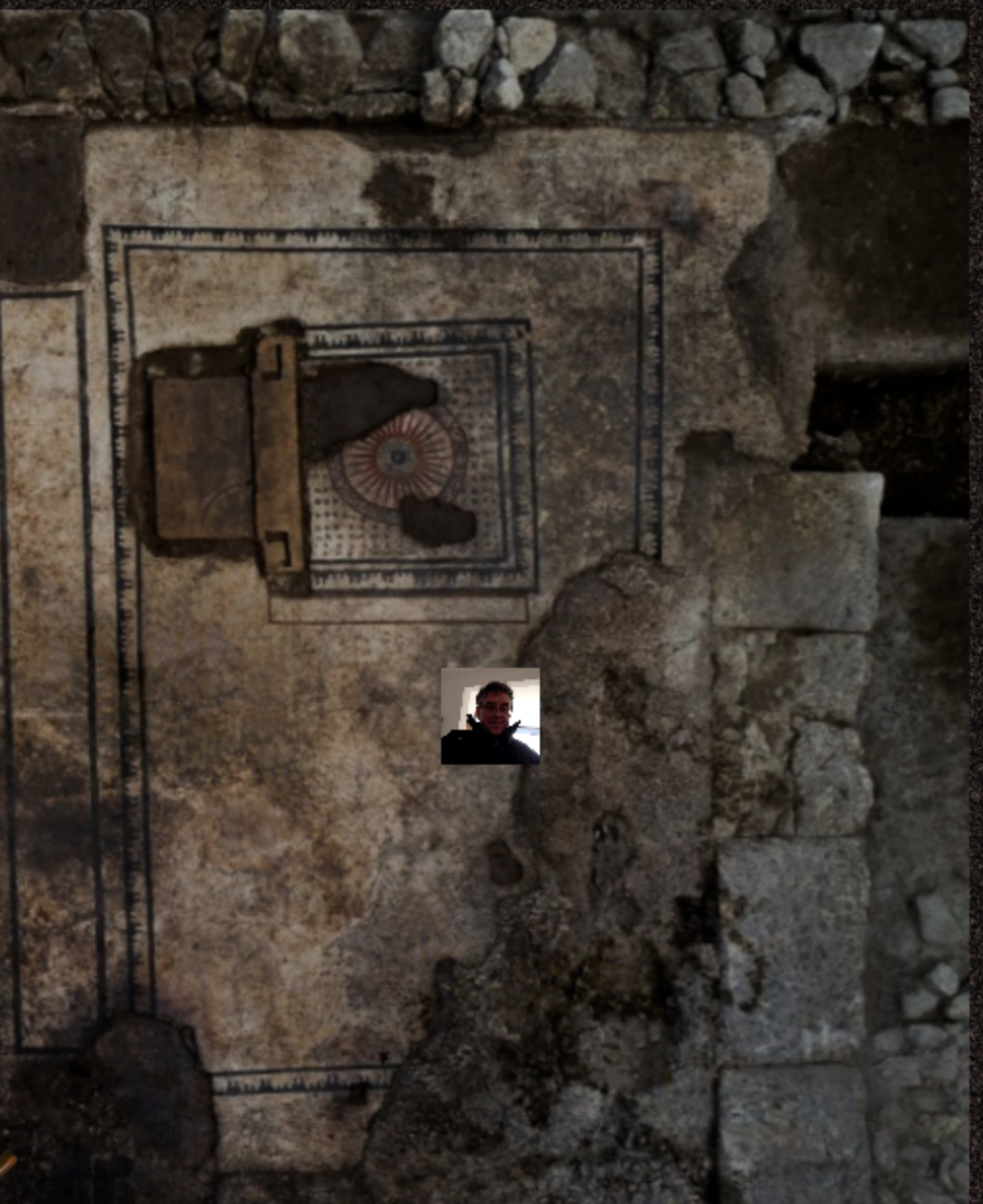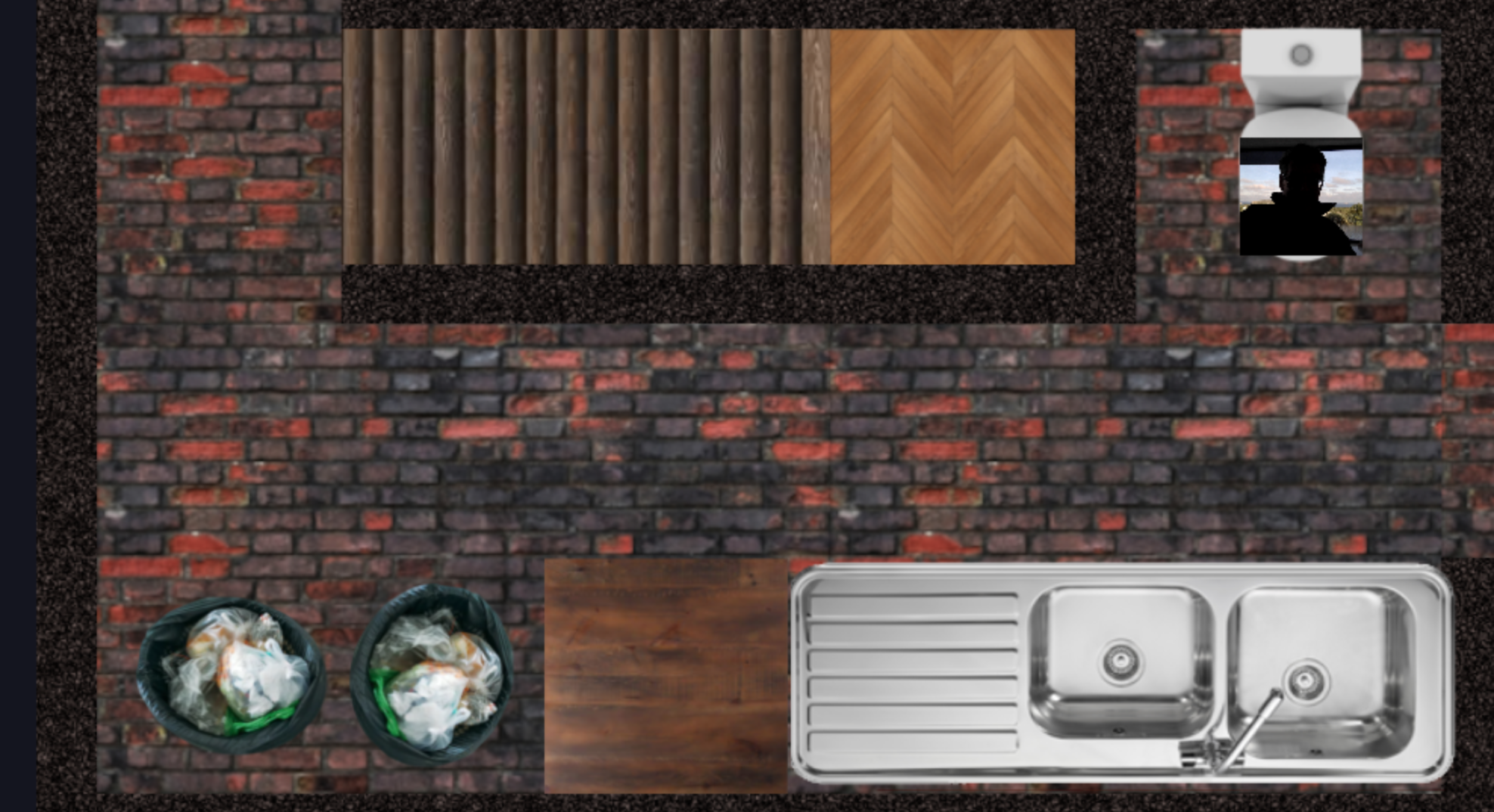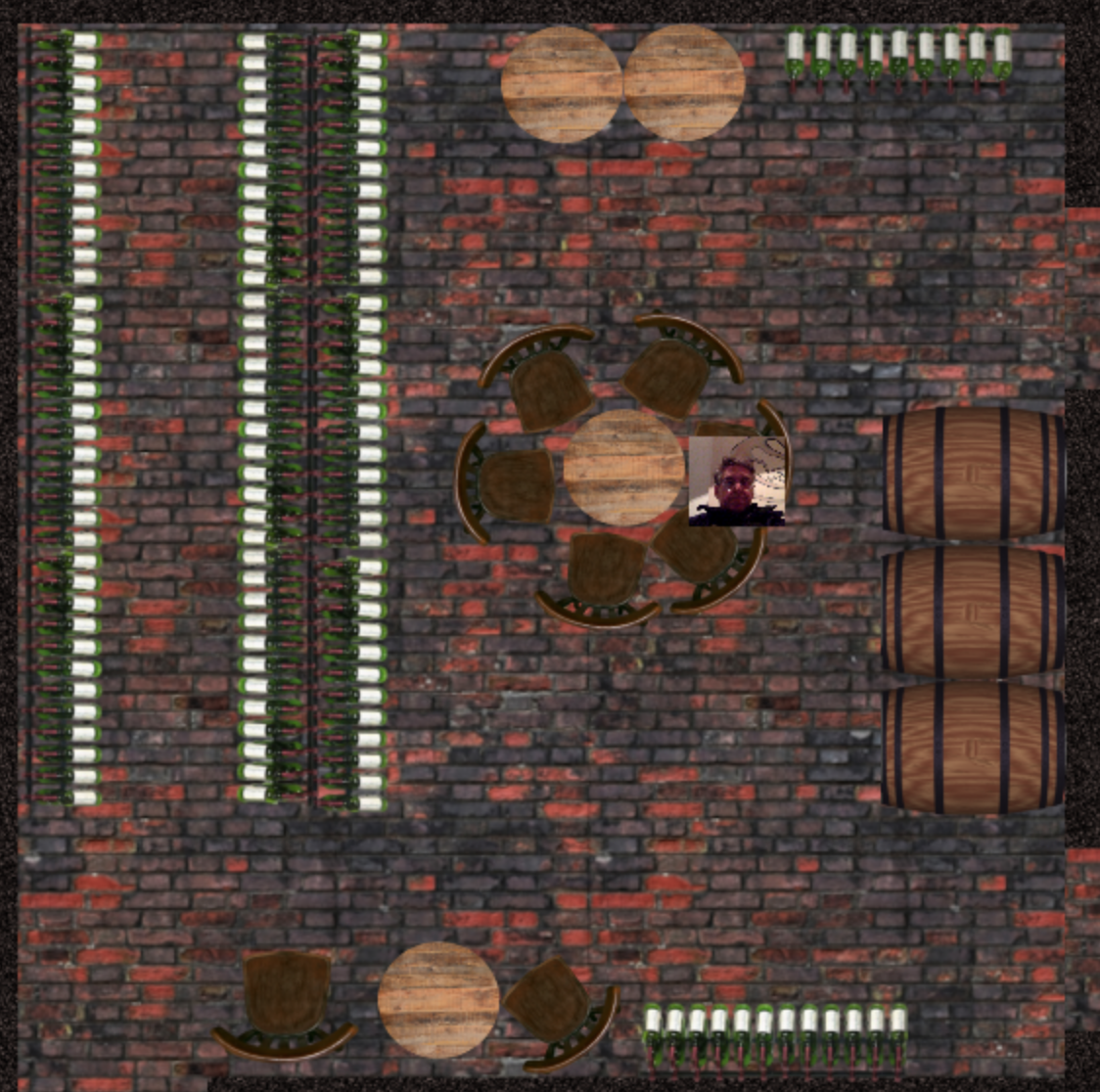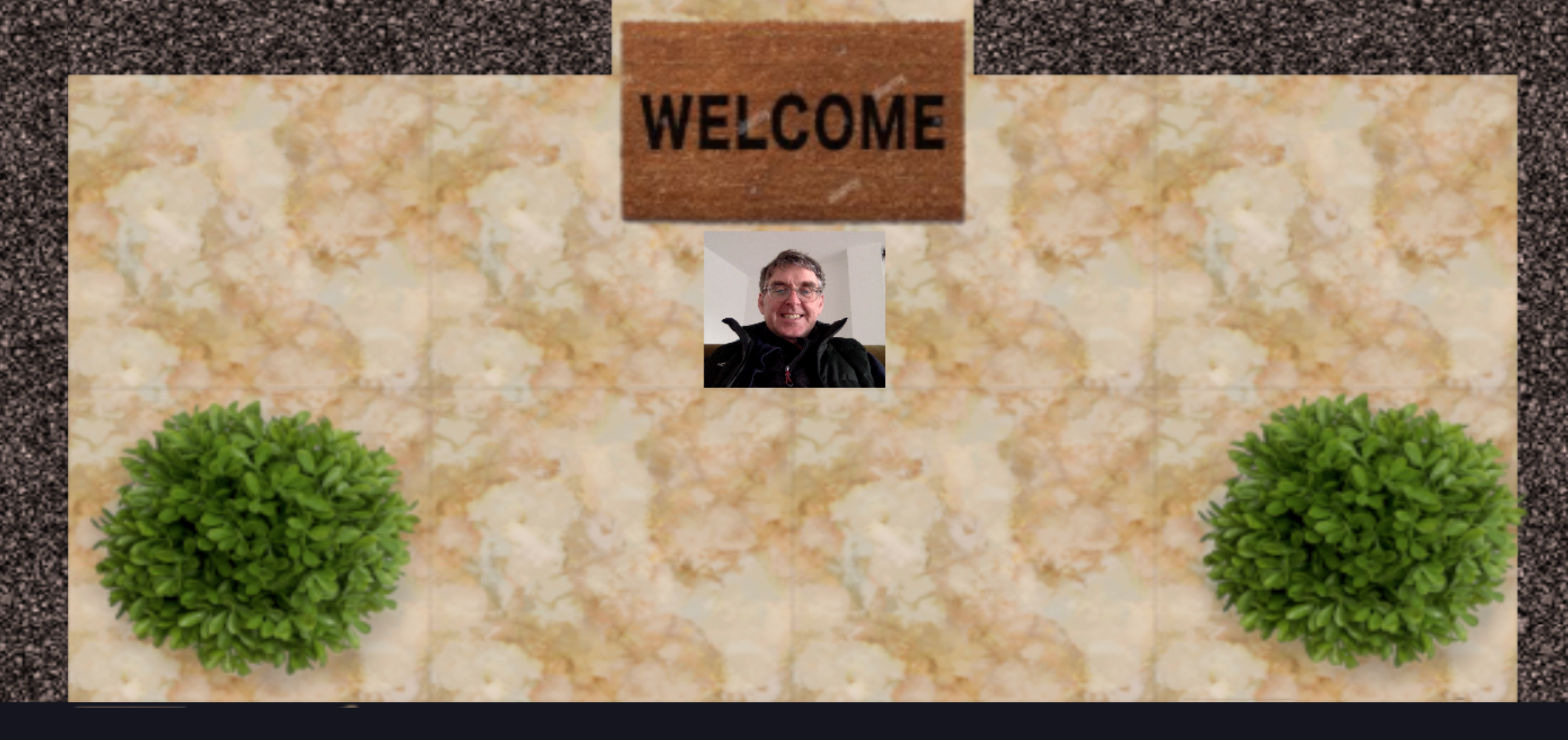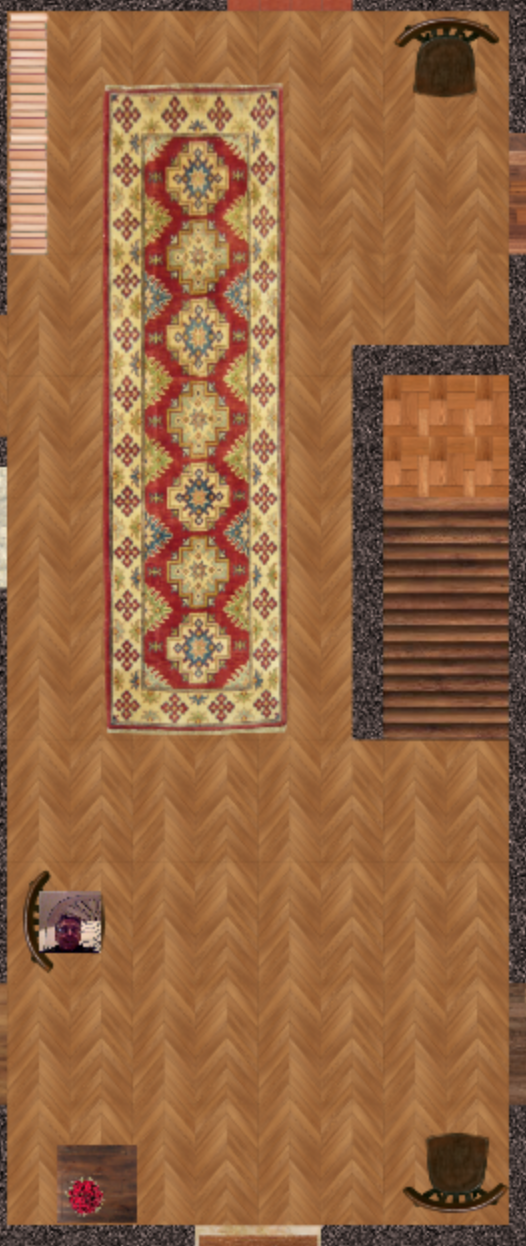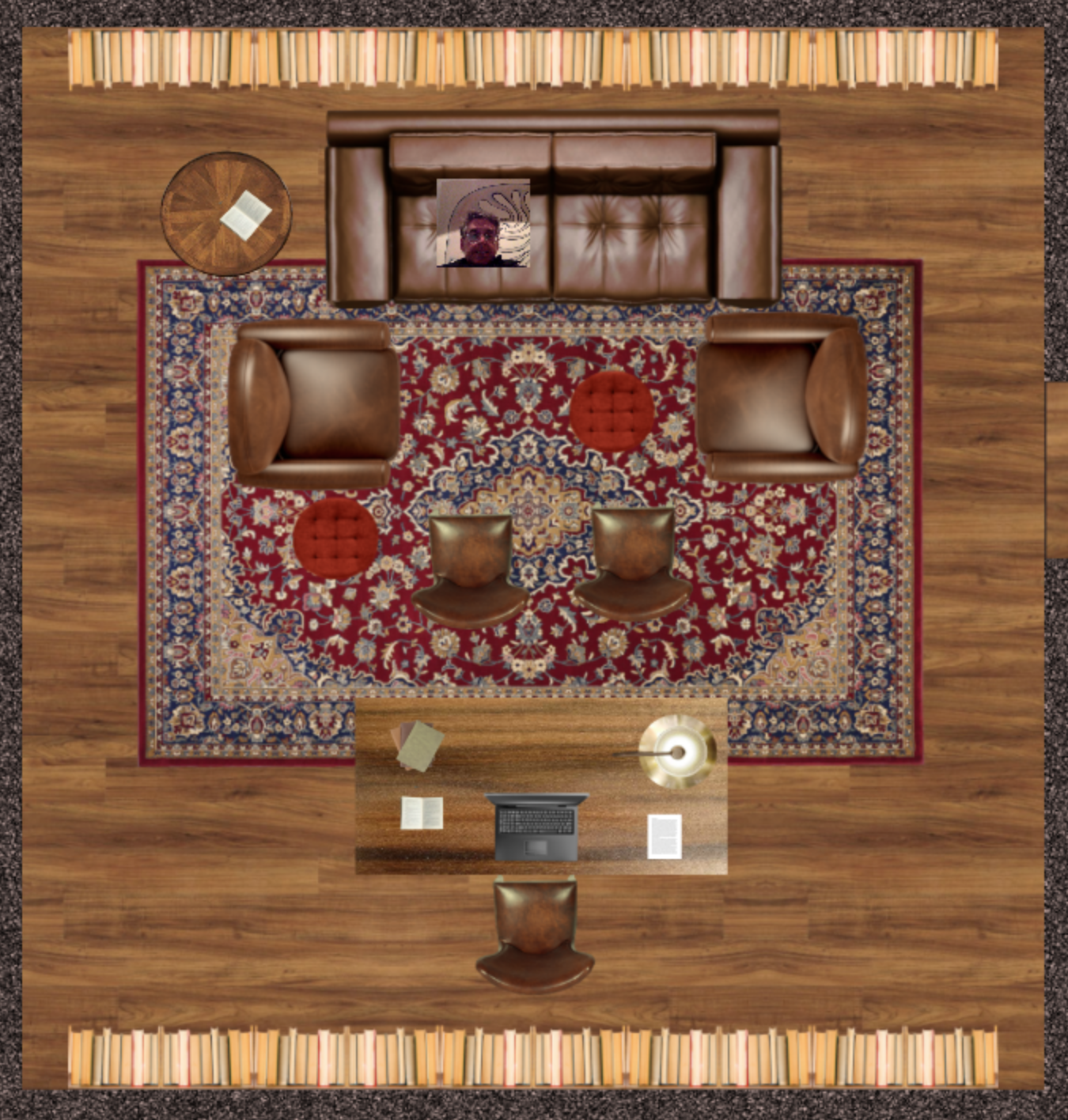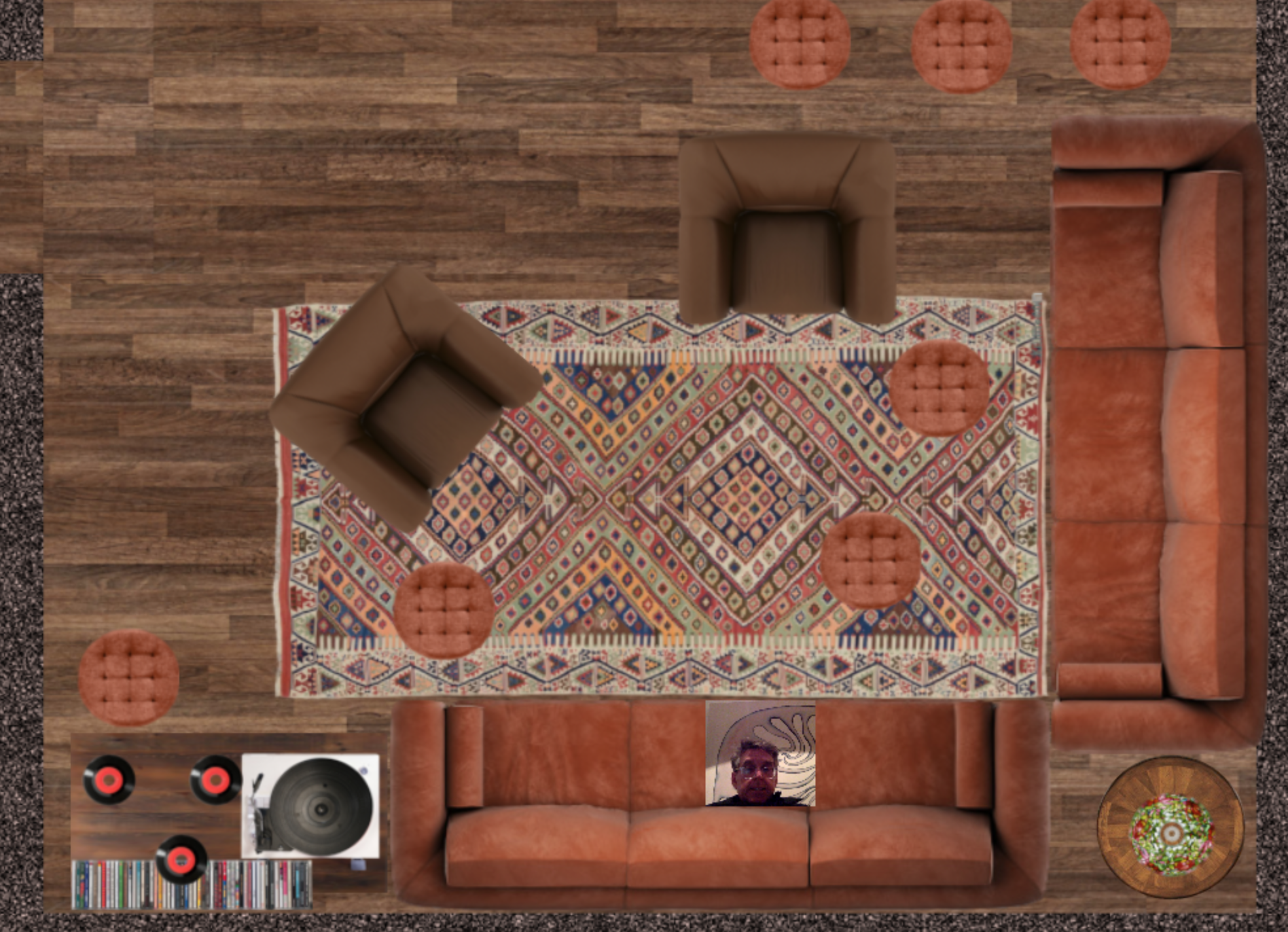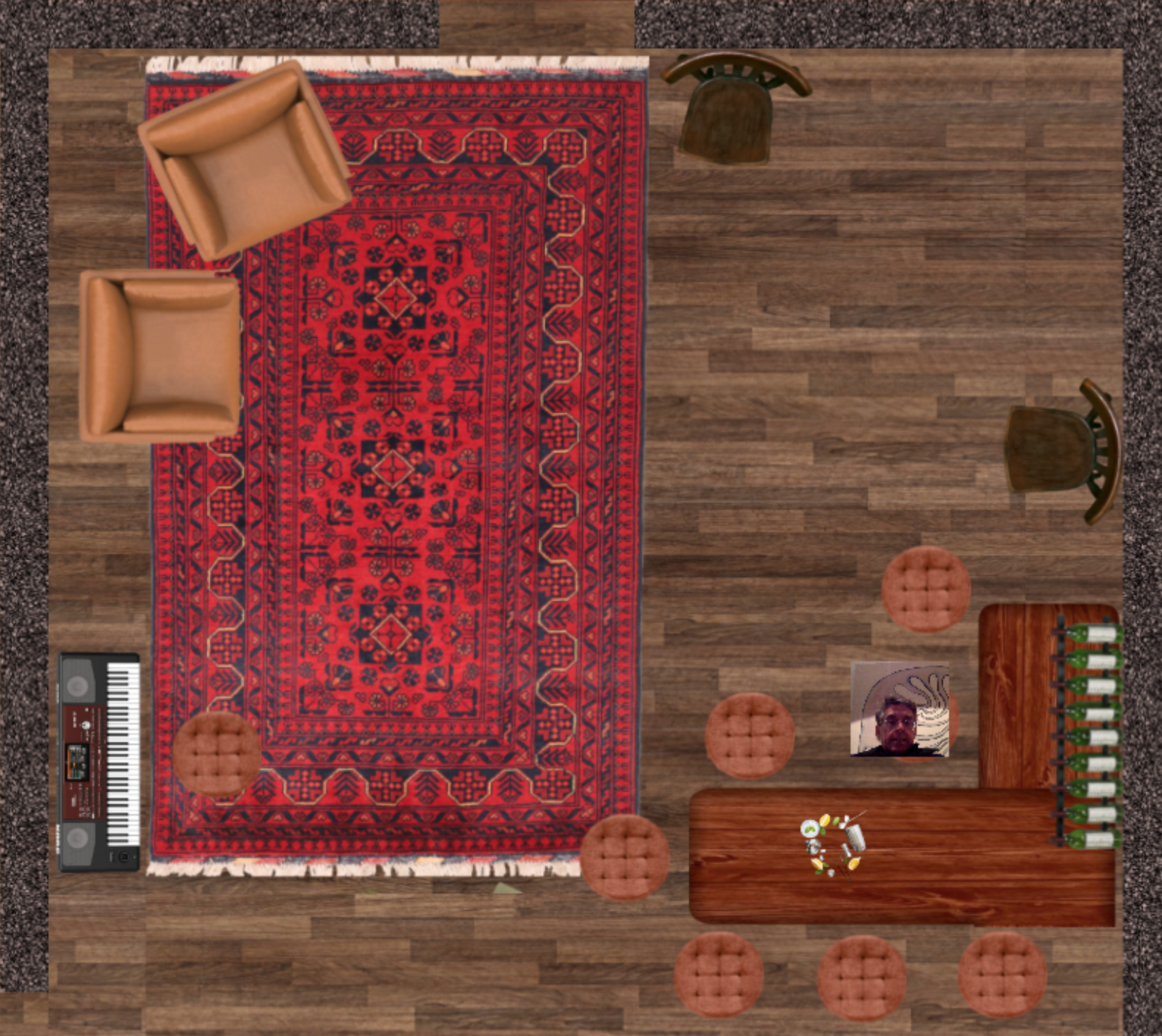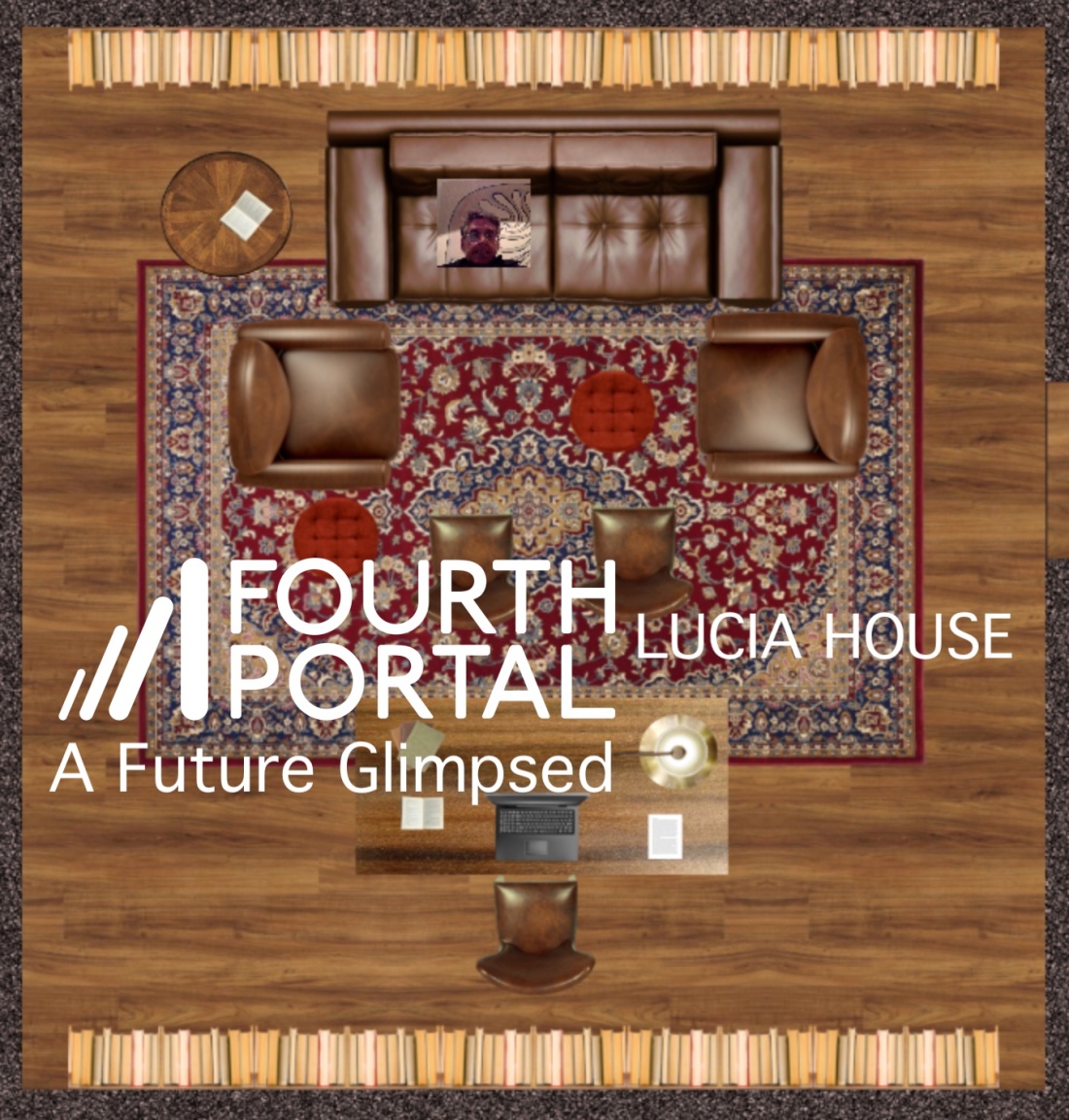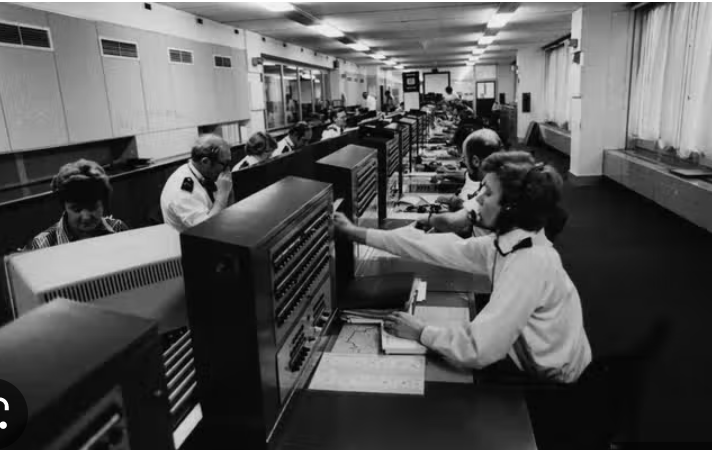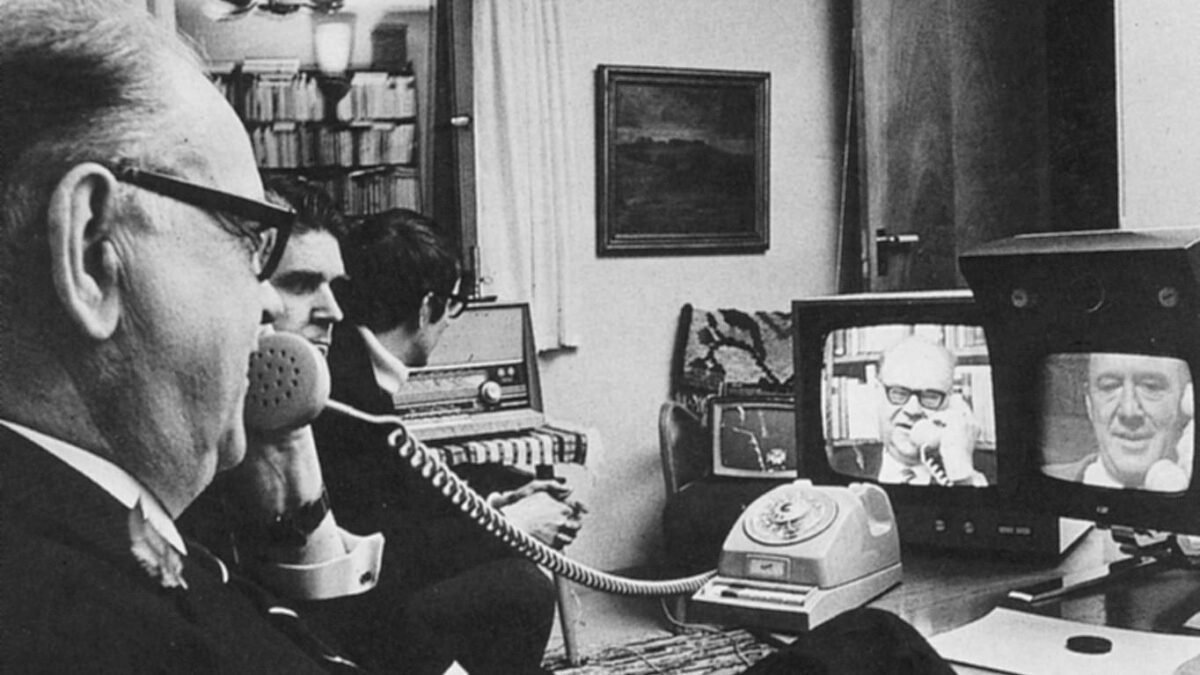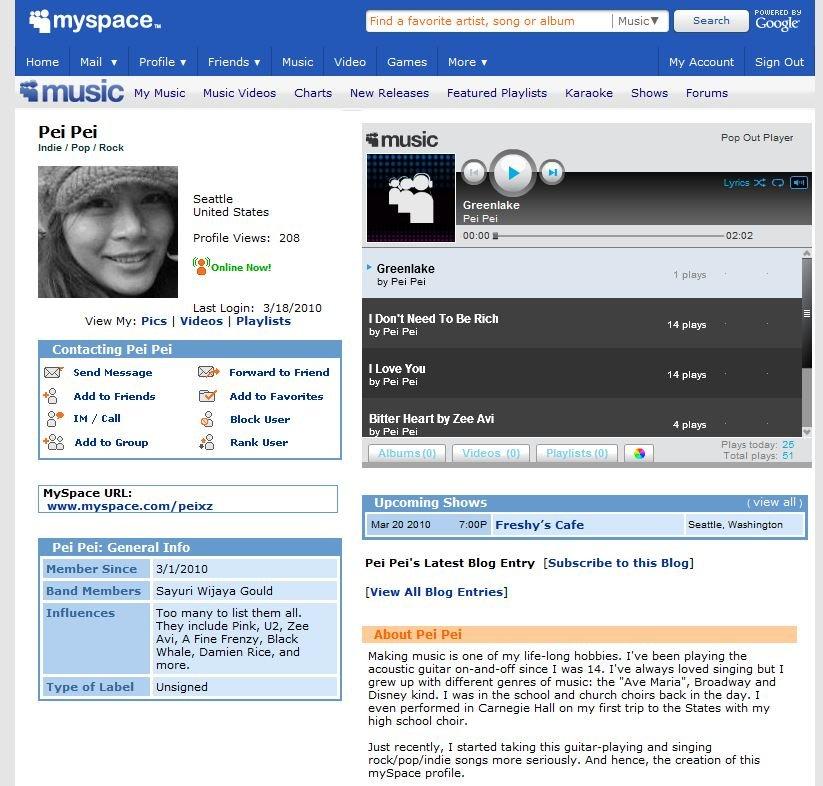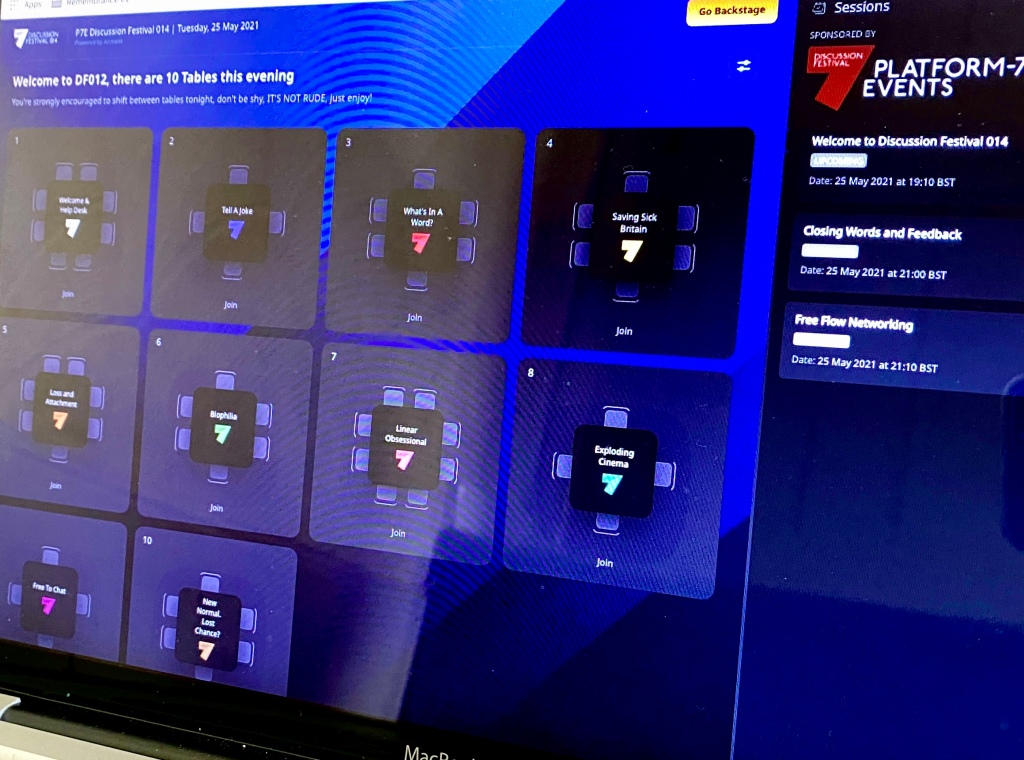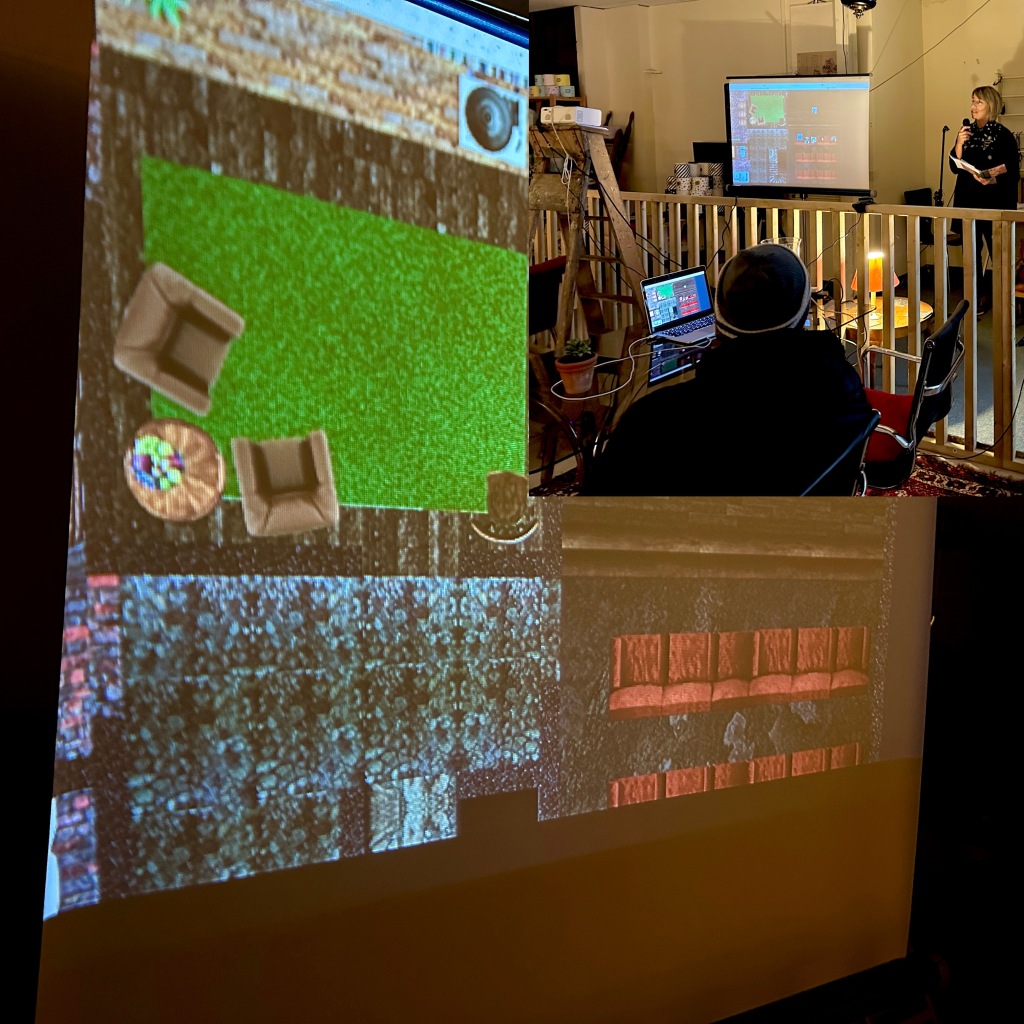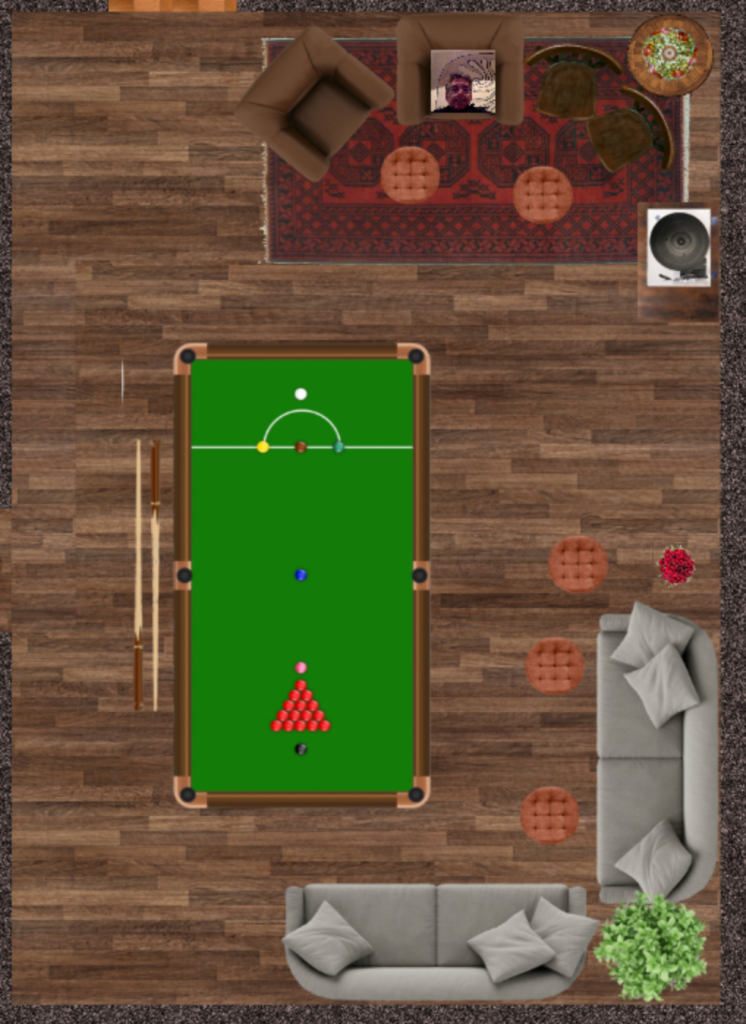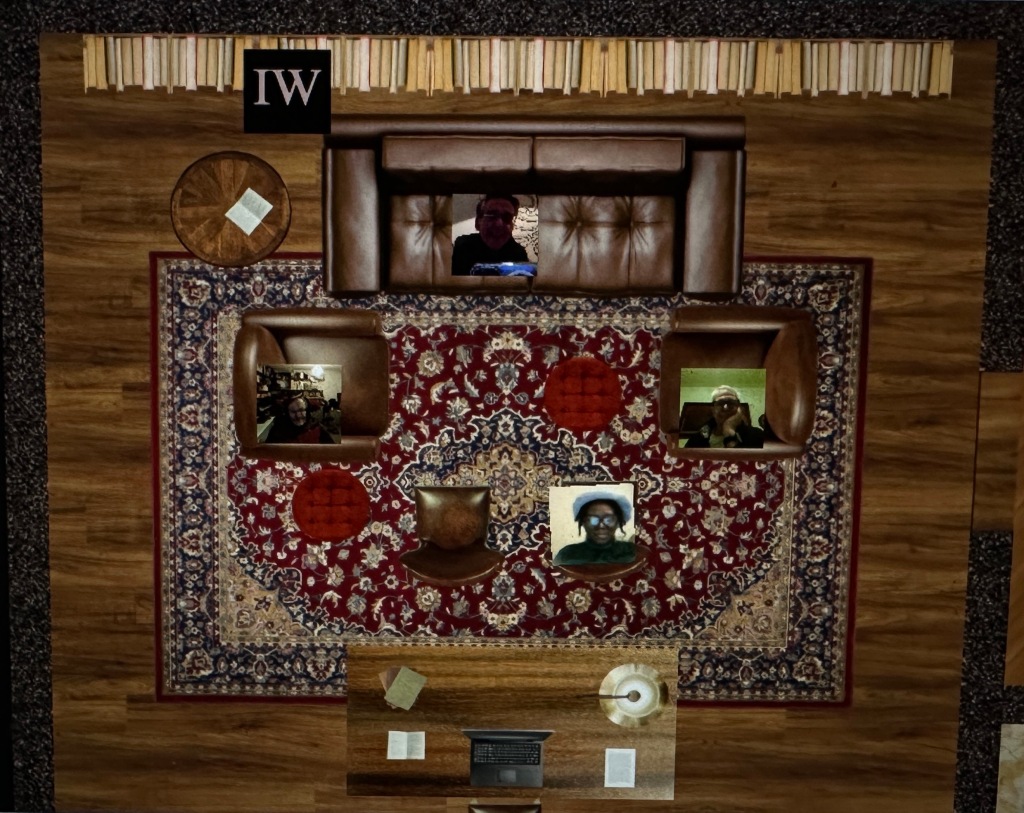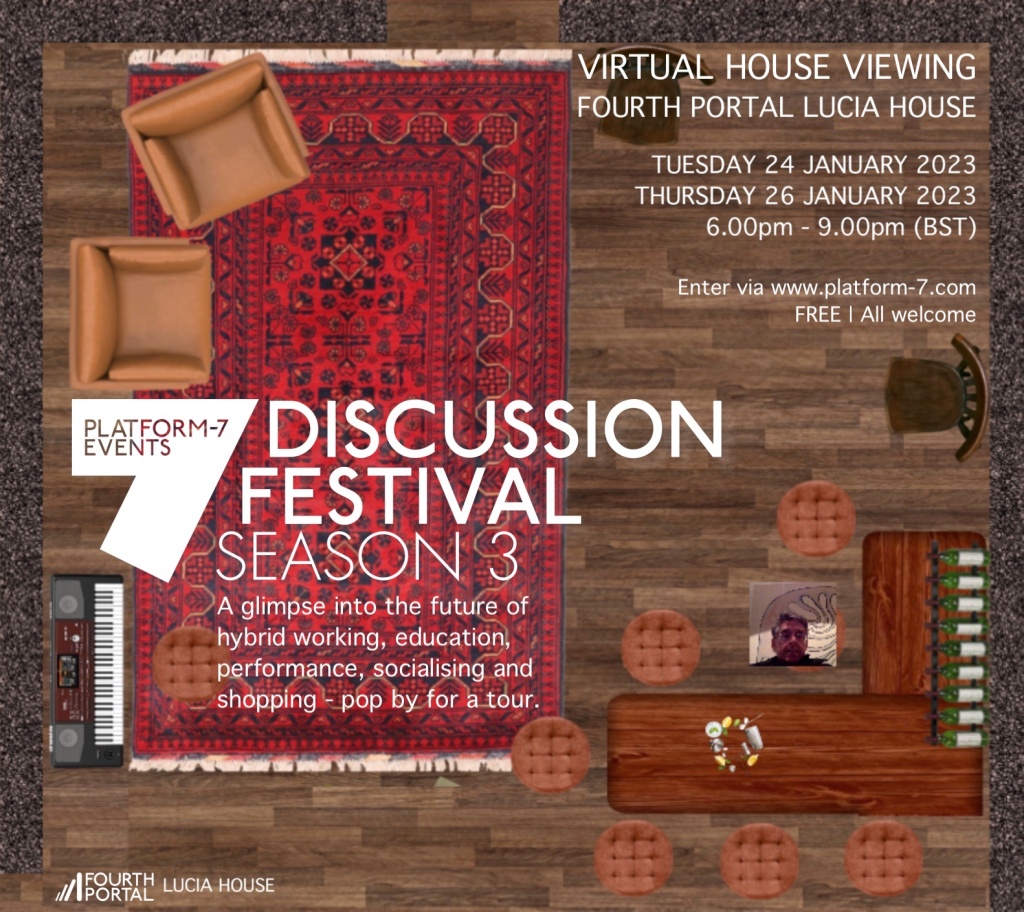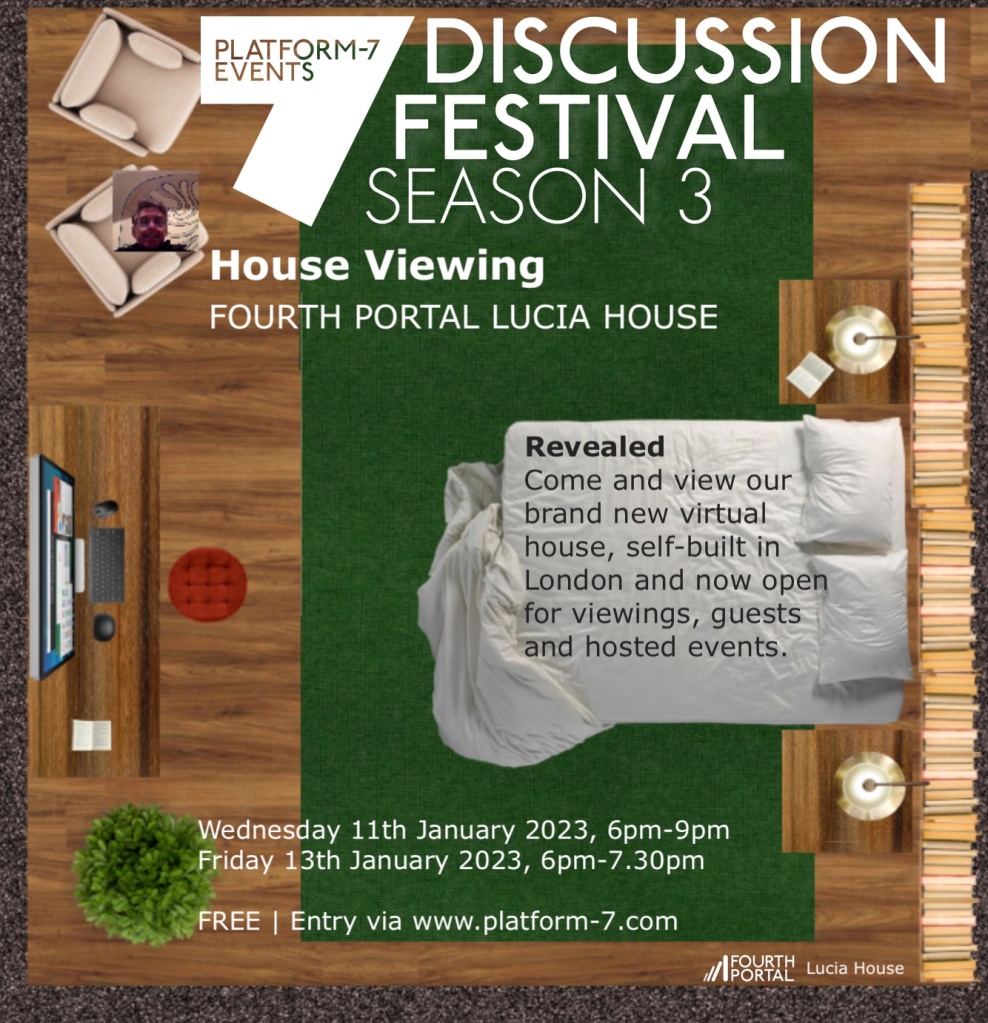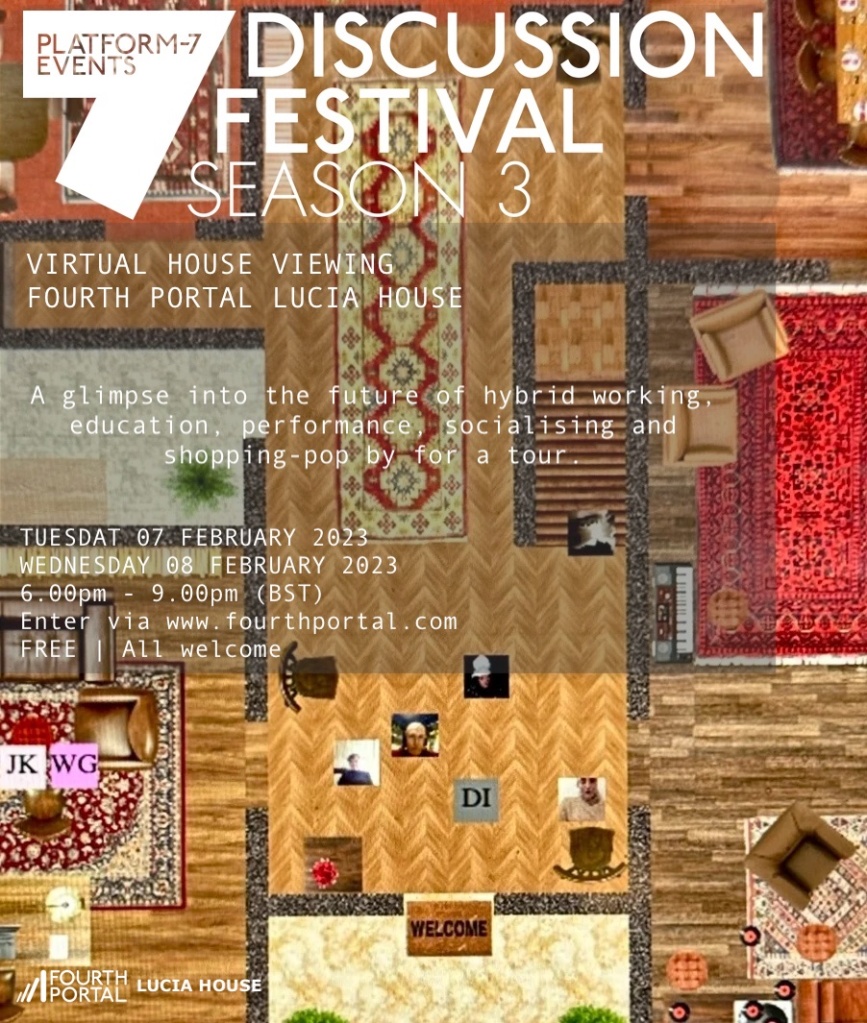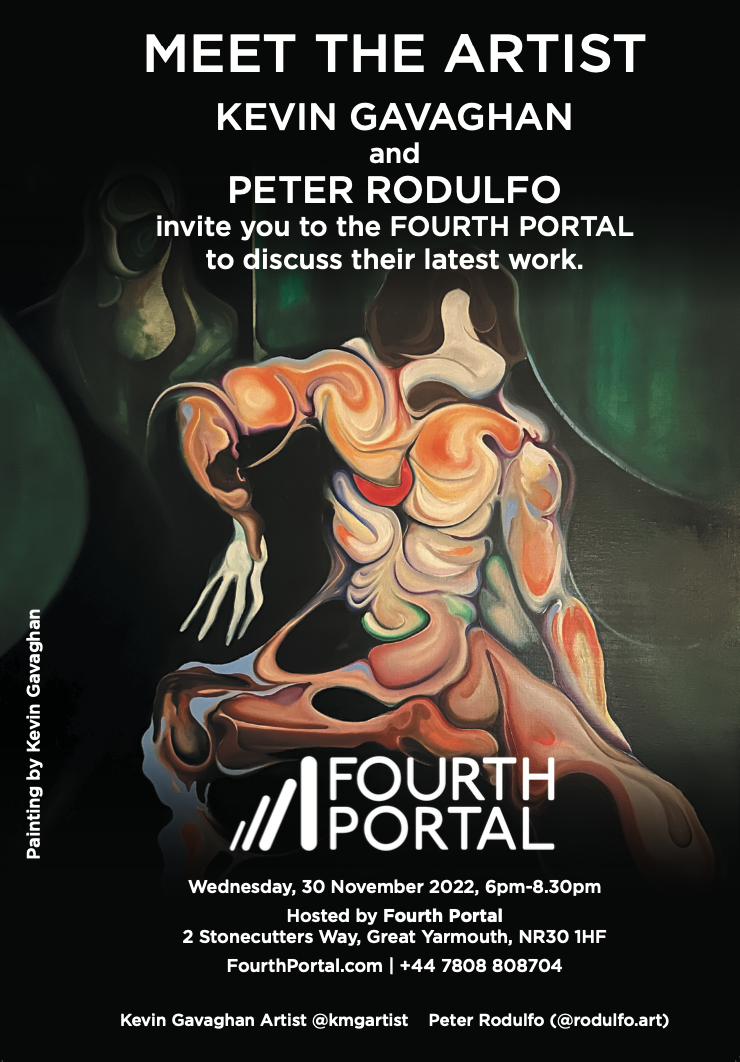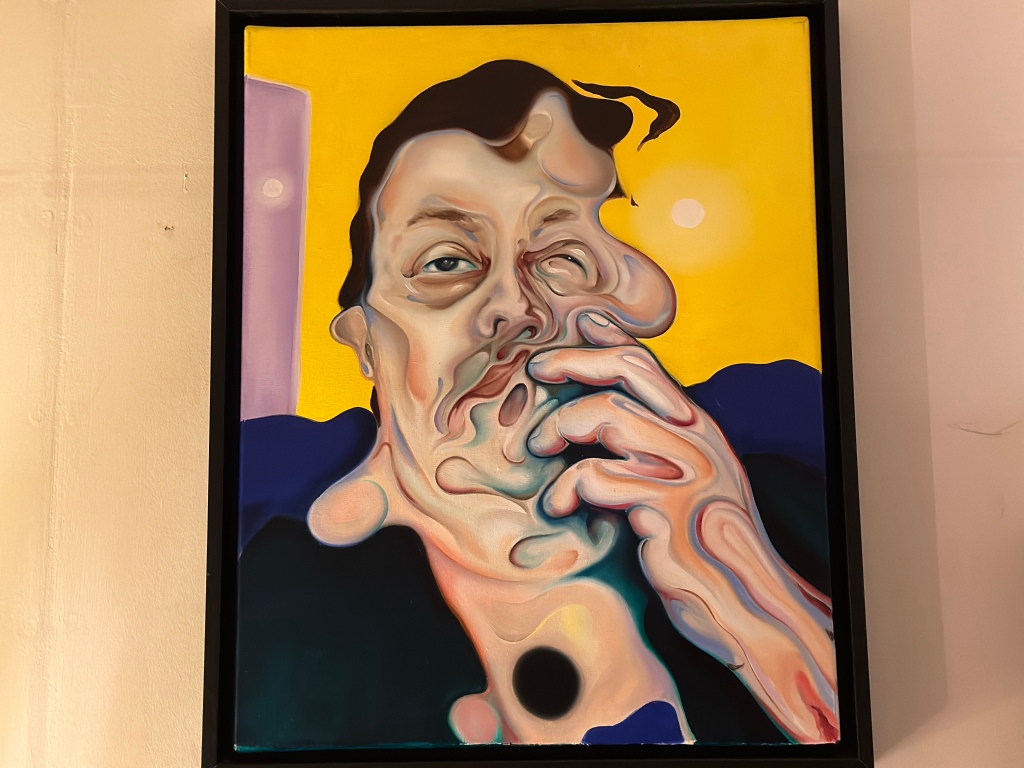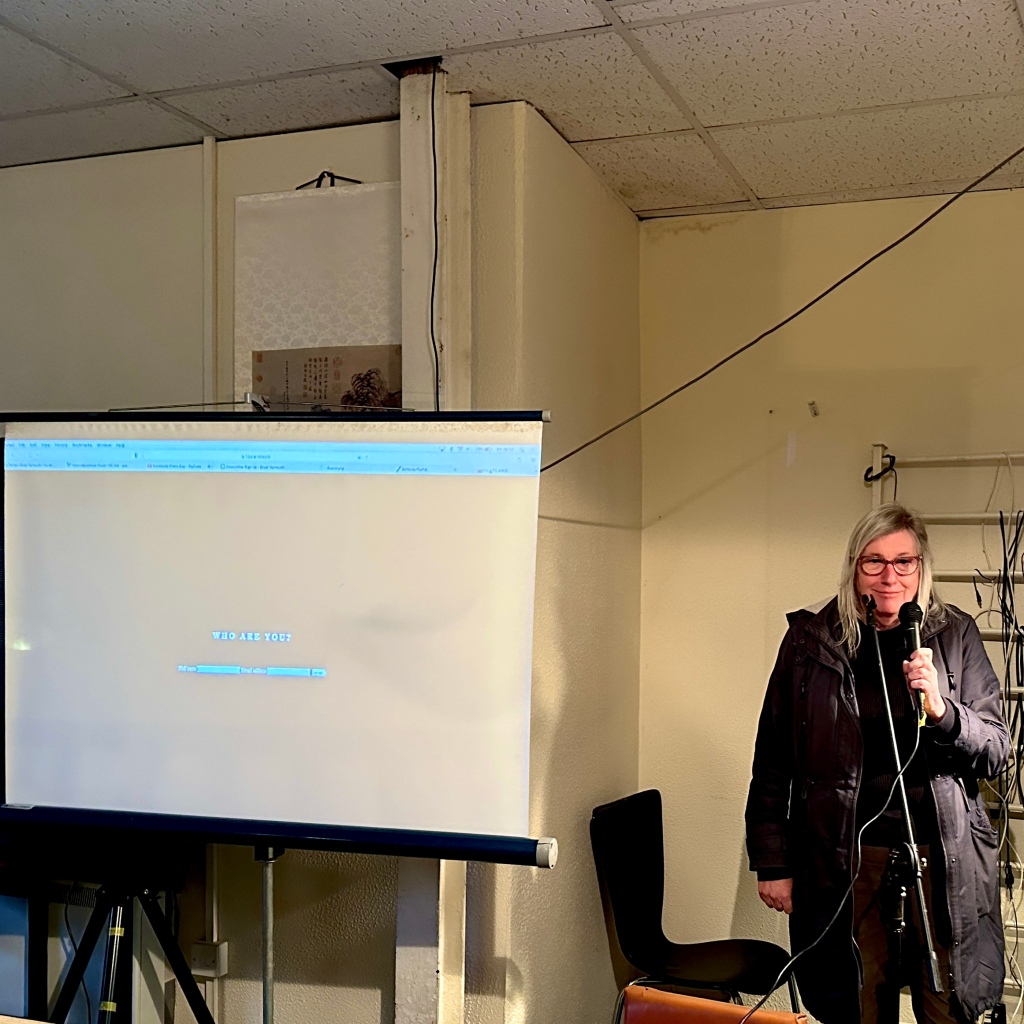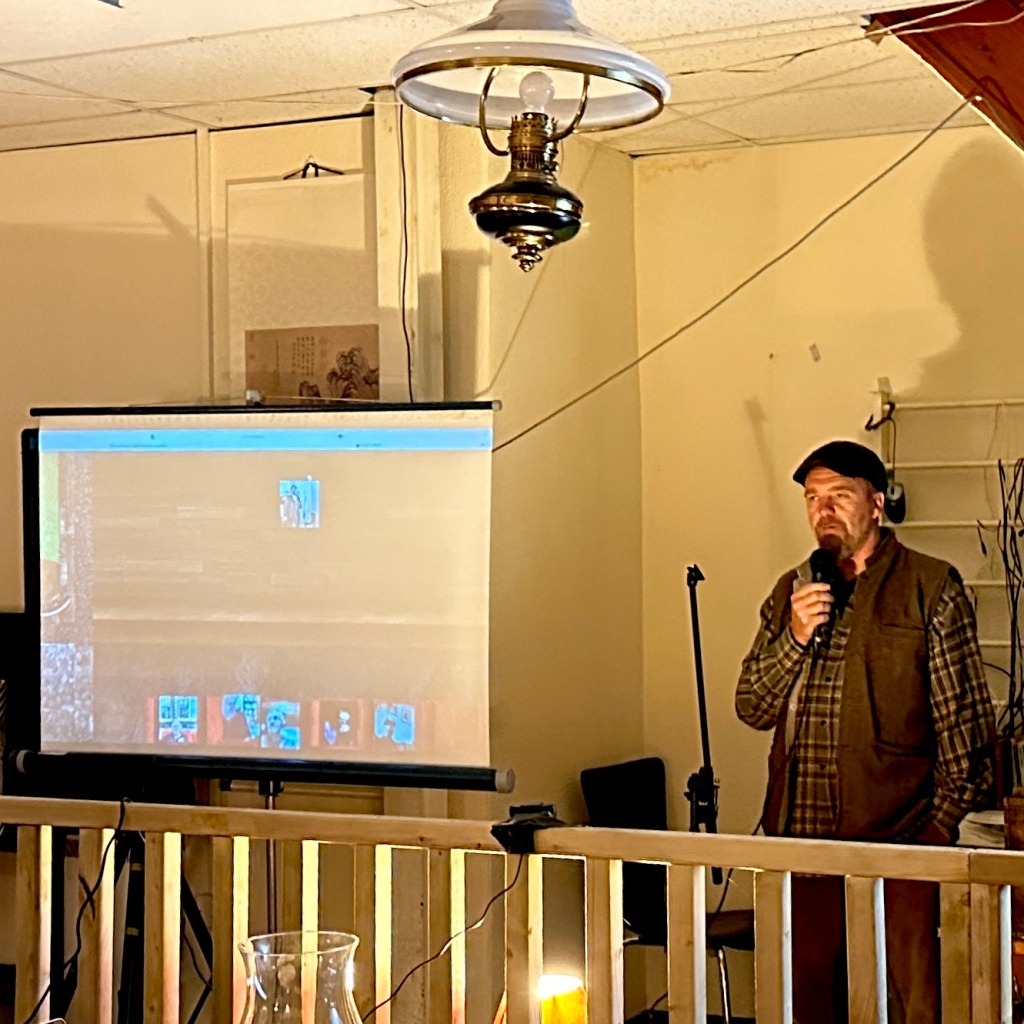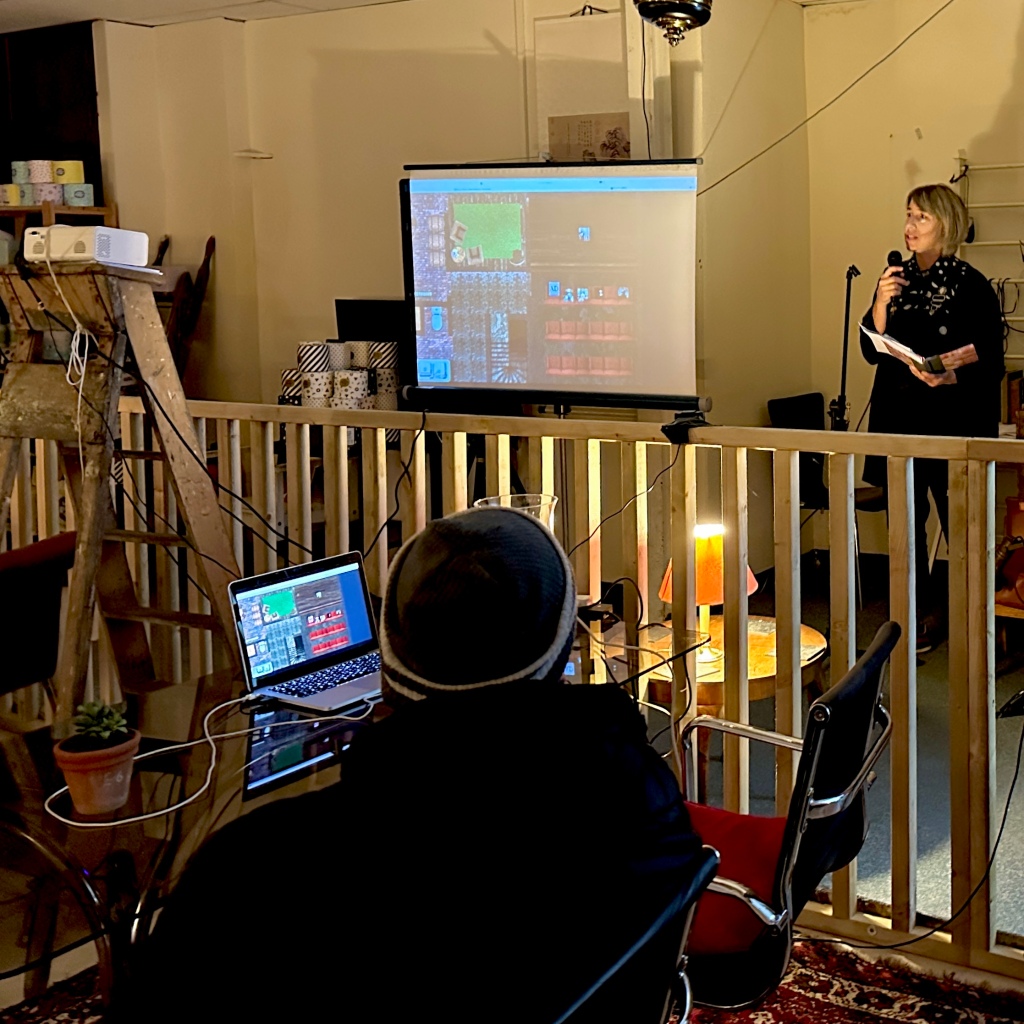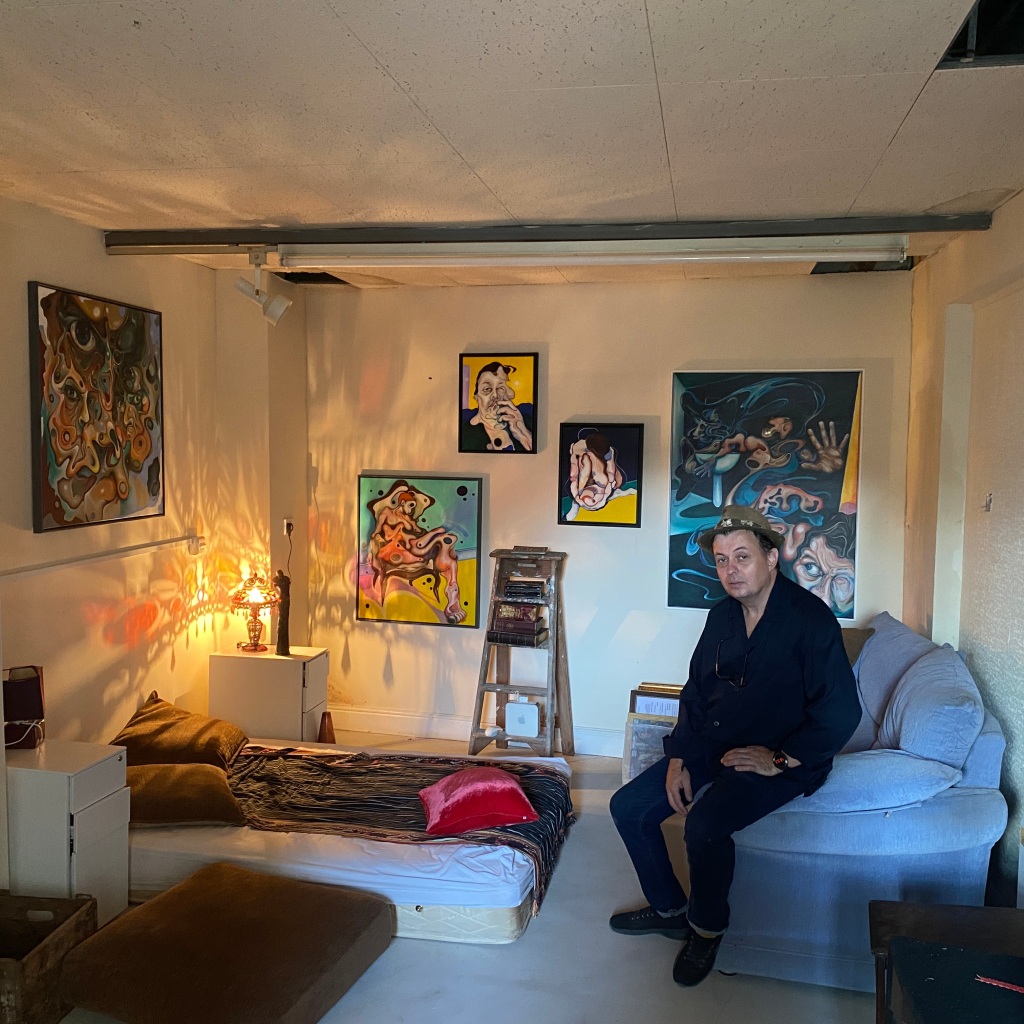The emerging digital economy offers opportunities for those with good craft or art skills to create new businesses by revisiting traditional materials, methods and techniques and selling to a growing conscientious consumer market.
Introduction
Exploring the intricate relationship between digital advancements, material innovations, and traditional craftsmanship reveals a multifaceted technological landscape. This blog post highlights the importance of material science, the resurgence of traditional industries, and the opportunities that arise from merging cutting-edge technology with time-honoured practices.
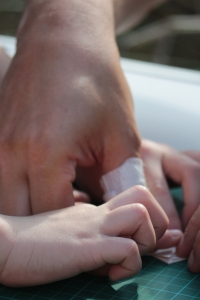
The Fourth Portal will provide examples of how traditional materials and forms of labour, can be merged with digital technologies to create alternative local economies. Further blog posts will hone in on time-honoured materials, including paper, printing, textiles, lime, esparto and cork.
Origami folding esparto paper. Photo: Hector Pintura
Thinking technology
When we think of technology, our minds often gravitate towards digital advancements, such as artificial intelligence, virtual reality, and the Internet of Things. While these innovations are undoubtedly transformative, they represent just one aspect of the technological landscape. Equally important are the groundbreaking strides made in material science, which have far-reaching implications for various industries and our everyday lives. The Fourth Portal will draw parallels between material innovations and their diverse applications of today and those of yesteryear. We will examine how new advances can shape a sustainable, connected and technologically advanced future and undo some of the previous damage.
Defining material science
Material science is a multidisciplinary field that sits at the intersection of physics, chemistry, and engineering. It seeks to understand the underlying properties, structures, and behaviours of materials, ranging from metals and ceramics to polymers and composites. By uncovering these fundamental characteristics, researchers can develop new materials or enhance existing ones, enabling a wide array of applications across various industries. Material science plays a vital role in driving innovation, solving complex challenges, and improving the quality of life by fostering advancements in sectors such as healthcare, energy, transportation, and consumer products, among others.
Material innovation
Material innovation refers to the development and enhancement of new or existing materials to meet the ever-evolving demands of various industries and improve the overall quality of life. By leveraging advances in material science, researchers can create materials with unique properties, superior performance, and tailored functionalities. From nanomaterials and smart materials to biodegradable substances and advanced textiles, material innovation drives progress in industry sectors. Ultimately, these innovations not only complement digital advancements but also play a crucial role in addressing global challenges and shaping a sustainable future.

The Tights Ball and Dress, a 5-year programme researching and raising awareness of the impact of nylon tights on the environment. Photo Jason Wen.
The Role of material innovations in addressing Global Challenges
The role of material innovations in addressing global challenges cannot be overstated, as they offer groundbreaking solutions to pressing issues like climate change, resource scarcity, and pollution. By developing sustainable materials, such as biodegradable plastics and advanced textiles, researchers can reduce waste and minimise environmental impact. Furthermore, material innovations in areas like energy storage and renewable energy technologies can contribute to a more sustainable and resilient power infrastructure. These advancements also have the potential to improve access to clean water, promote energy efficiency, and support the development of eco-friendly transportation systems. Ultimately, material innovations play a pivotal role in driving progress towards a more sustainable, equitable, and prosperous future.
The interplay between digital and material technologies
The interplay between digital and material technologies creates a symbiotic relationship where advancements in one field propel progress in the other. Digital technologies, such as advanced simulations, modelling, and data analysis, accelerate the development and understanding of new materials, while innovative materials, in turn, contribute to improved performance and novel applications for digital technologies. This dynamic collaboration fosters a continuous cycle of innovation, driving the creation of cutting-edge solutions across various industries, from healthcare and energy to transportation and consumer products, ultimately shaping a more connected, efficient, and sustainable world.
Past material innovation has created new forms of employment
Material innovation has historically generated new forms of employment by enabling the growth of emerging industries. One notable example is the plastics industry, which emerged in the early 20th century with the advent of synthetic plastics like Bakelite and Nylon. These innovative materials revolutionised various sectors, including automotive, packaging, and consumer goods, leading to the creation of countless jobs in manufacturing, research, and development. Similarly, the rise of advanced materials such as semiconductors during the 20th century spurred the development of the electronics industry, generating numerous employment opportunities in areas like chip manufacturing, device assembly, and engineering. These instances demonstrate the potential of material innovation to catalyse economic growth and job creation.
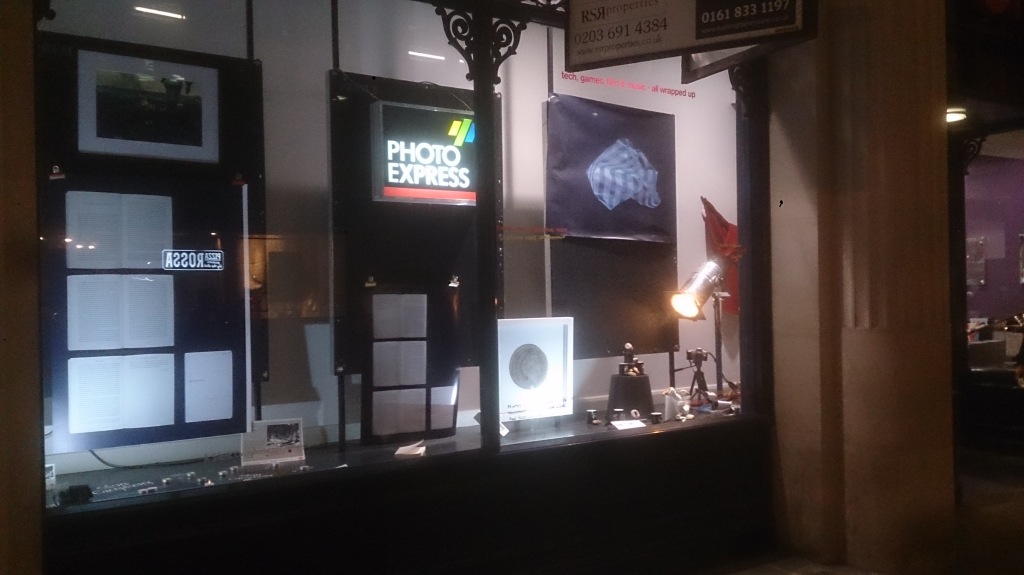
The Waste.Agency, 4-month intervention in a disused HMV record store in the City of London asking how we built an economy of consumption and wastefulness.
Impact on traditional industries
As material innovations led to the development of new and improved alternatives, some traditional industries, such as esparto production, faced decline or eventual obsolescence. Esparto, a fibrous plant used primarily for making paper, ropes, and baskets, lost its market share due to the emergence of synthetic materials like plastics and more efficient paper-making technologies. These innovative materials and processes offered advantages such as lower production costs, increased durability, and greater versatility, making them more appealing to manufacturers and consumers alike. Consequently, industries built around traditional materials like esparto struggled to compete, leading to a decline in demand, job losses, and, in some cases, their eventual disappearance.
Advanced technologies and the resurgence of traditional methods
Advanced technologies, such as AI and machine learning, can play a significant role in facilitating the resurgence of traditional methods by optimising production processes, enhancing product quality, and reducing waste. By employing AI-driven data analysis and predictive modelling, traditional industries can better understand market trends, consumer preferences, and supply chain dynamics, enabling them to make more informed decisions and adapt to evolving demands. Machine learning algorithms can also assist in refining manufacturing techniques, improving resource efficiency, and minimising environmental impact. Ultimately, the integration of advanced technologies with traditional methods can help create a harmonious balance between sustainability and innovation, fostering the growth of these revitalised industries while preserving their unique heritage and cultural significance.
Mental health
Transitioning from corporate-type jobs to traditional work like those found in the arts and crafts may offer mental health benefits for some individuals. Engaging in creative activities and craftsmanship can provide a sense of fulfilment, purpose, and personal satisfaction that may be lacking in corporate environments. The hands-on nature of traditional work can foster a tangible connection to the finished product, giving artisans a sense of accomplishment and pride in their creations. Moreover, working in a less structured and potentially less stressful environment can improve work-life balance and overall well-being. By pursuing a career in traditional arts and crafts, people may find opportunities for self-expression, personal growth, and a deeper connection to their work, positively impacting their mental health.
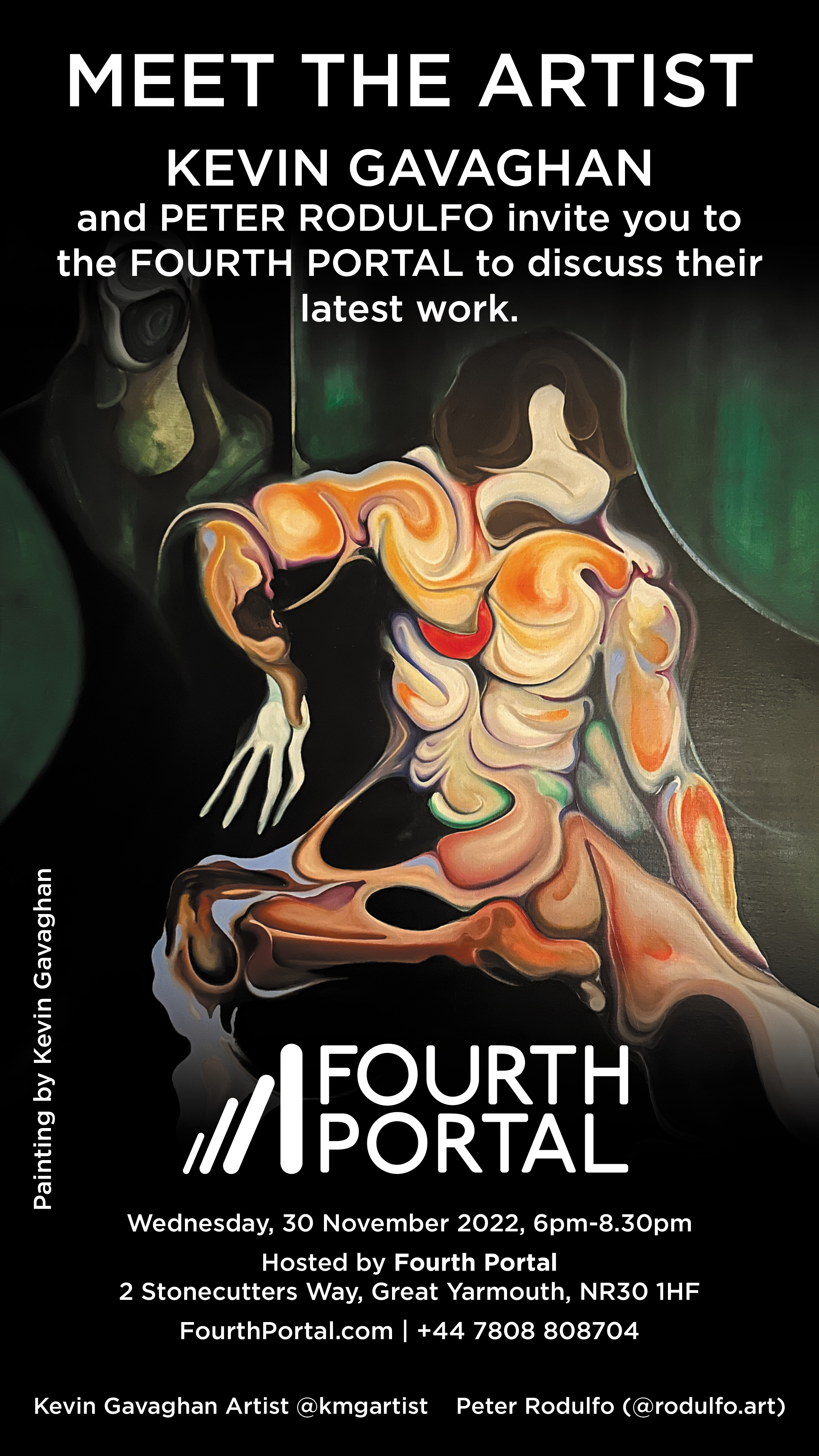
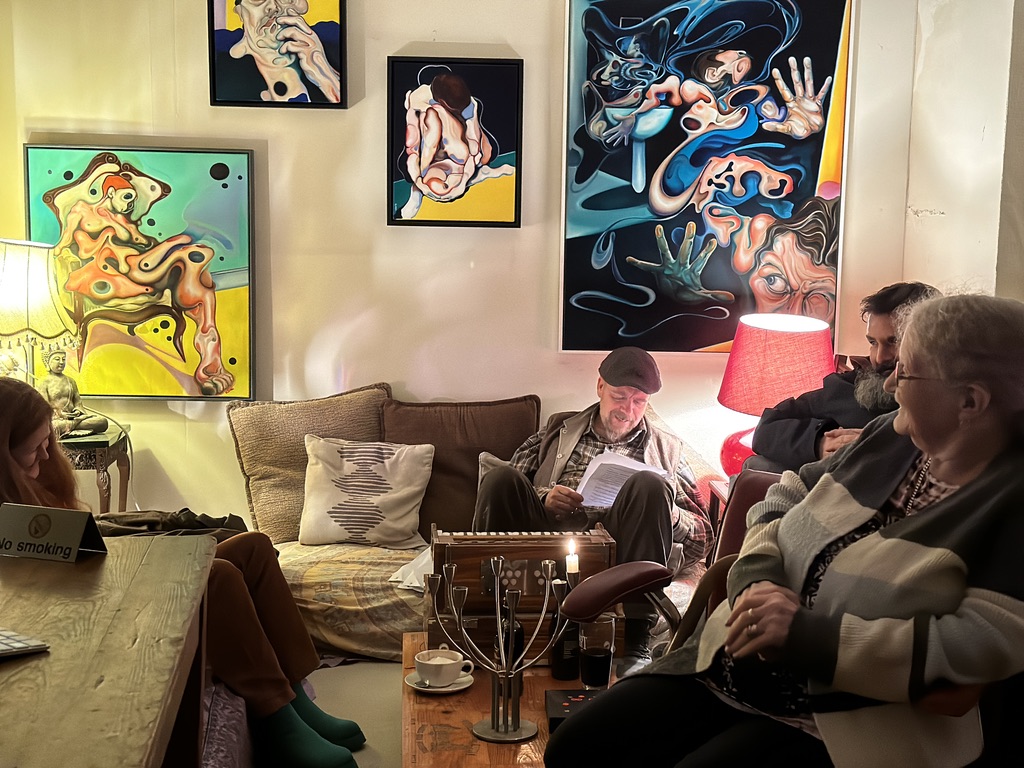
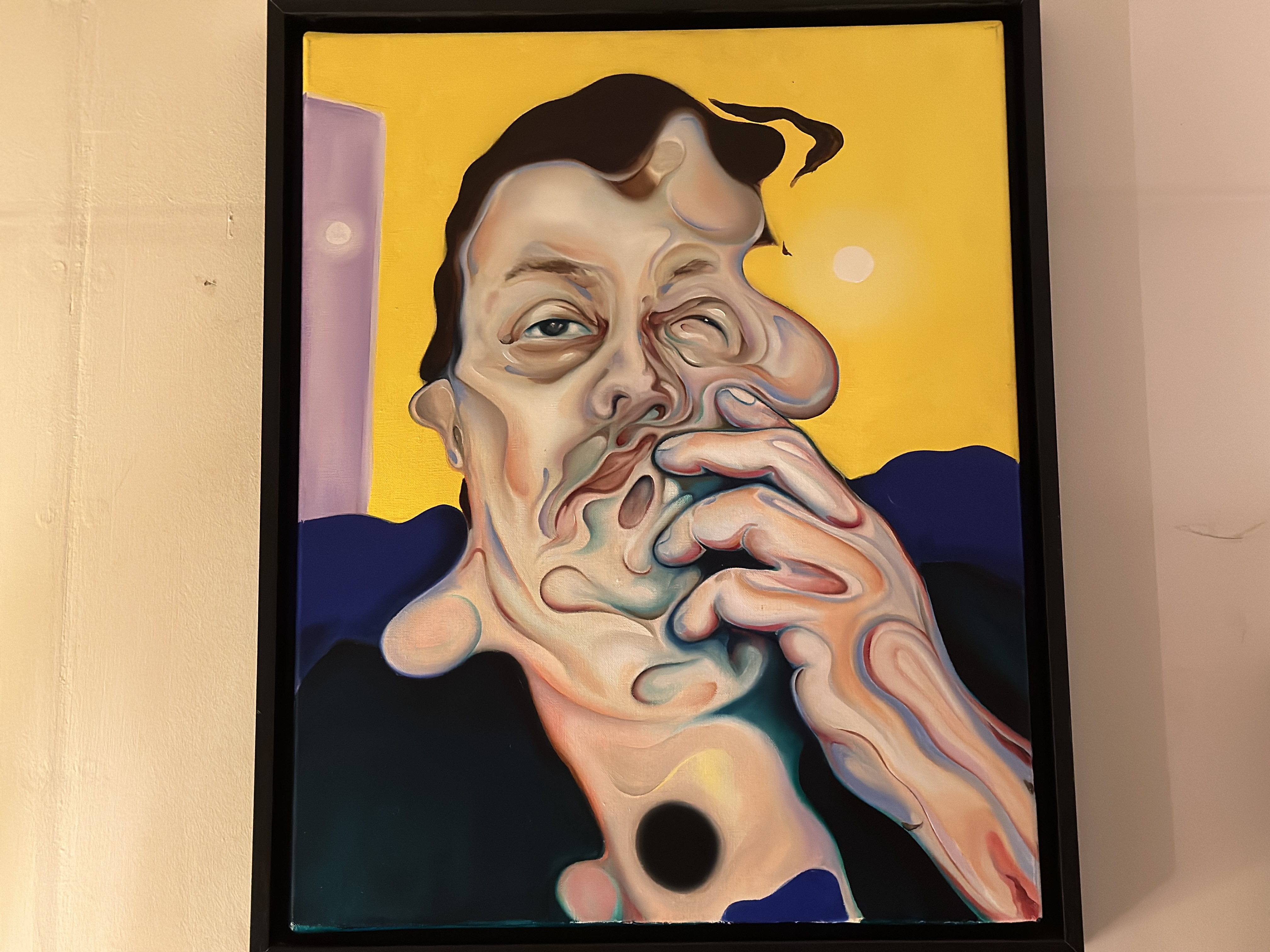
The Mind Room is a space within Fourth Portal dedicated to highlighting apps and innovations focused on helping various issues around mental health
Conclusion
The intersection of advanced technologies and material innovations, alongside the growing appreciation for traditional craftsmanship, is shaping a multifaceted and dynamic landscape. While digital advancements have been transformative, the impact of material innovations in addressing global challenges and improving various industries is equally significant. As the world moves towards a more sustainable and connected future, the resurgence of interest in traditional methods and artisanal skills presents unique opportunities for individuals to thrive and create businesses that cater to the evolving demands of the market. By embracing the potential of both cutting-edge technologies and time-honoured practices, we can foster a balanced and resilient economy that benefits all.
John M (with assistance of Bot)
Headline Image: Ceiling at UEA 2015 multi-award winning and COP26 showcase building employing traditional building materials and methods. (Business Enterprise Centre, Norwich) Photo: John McKiernan
